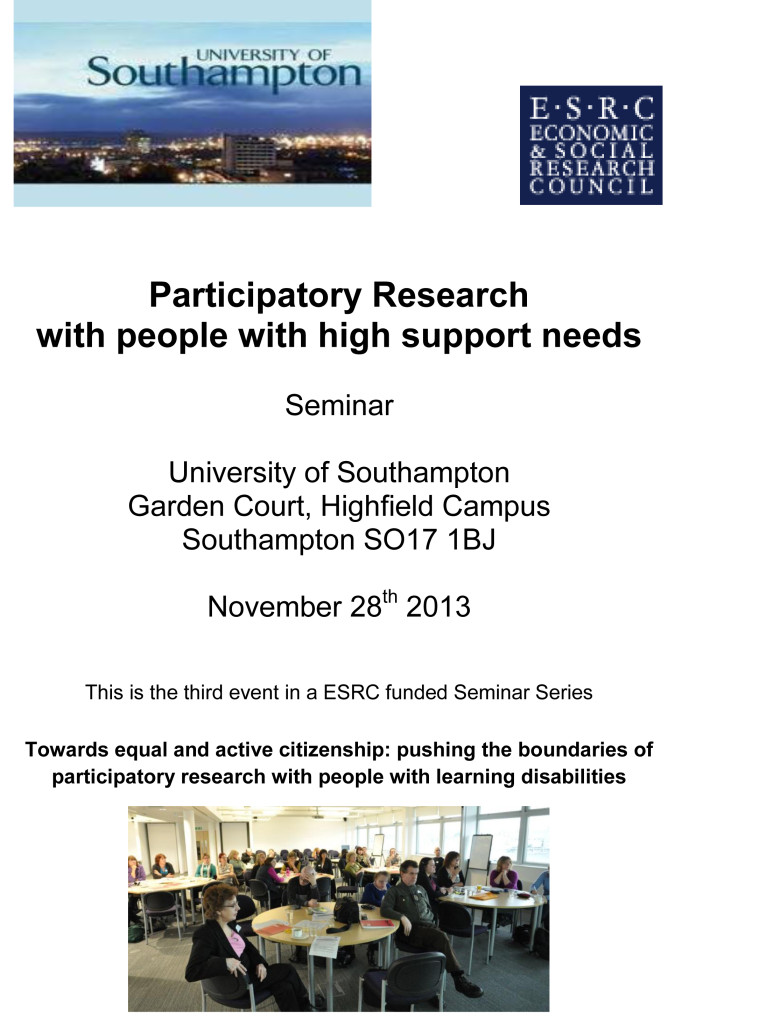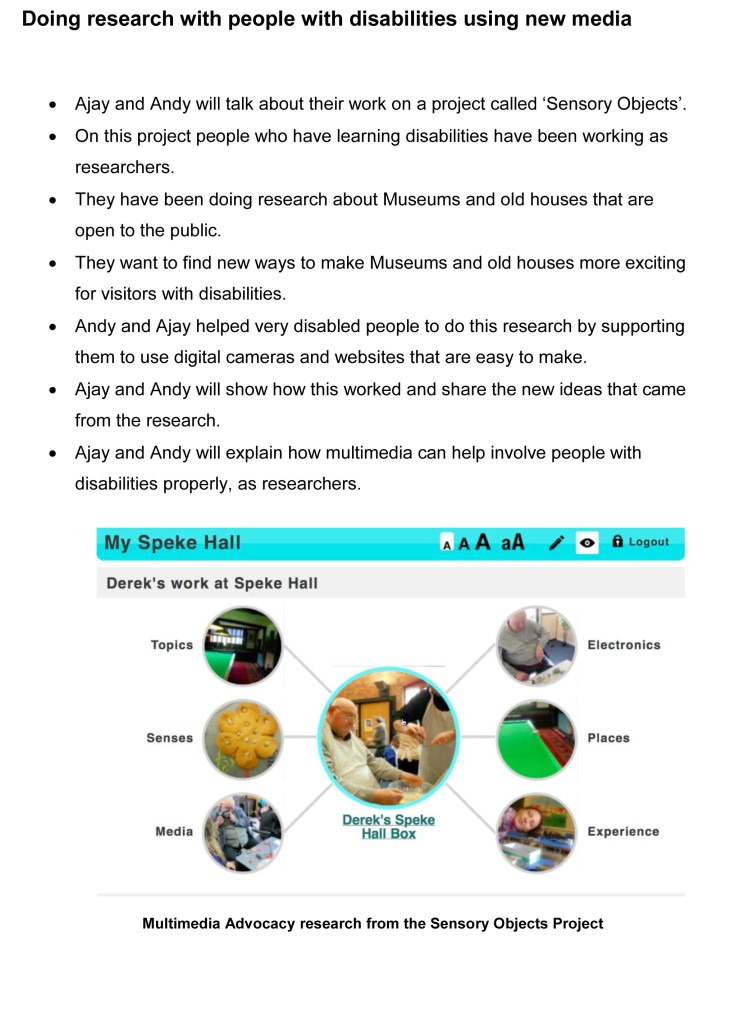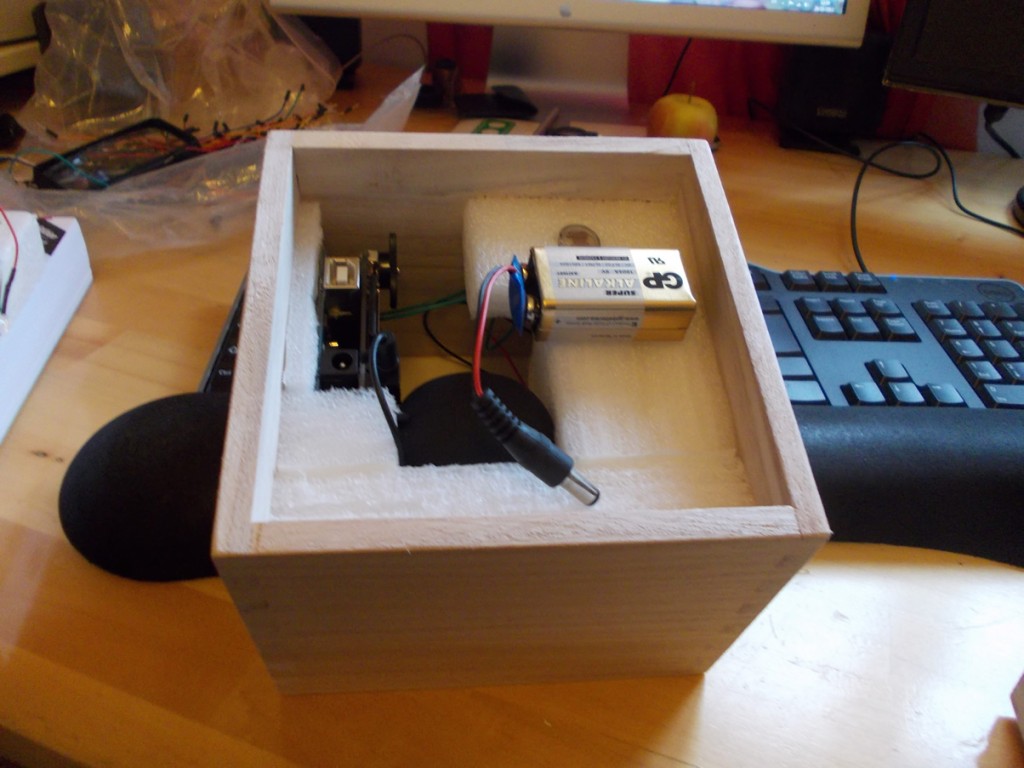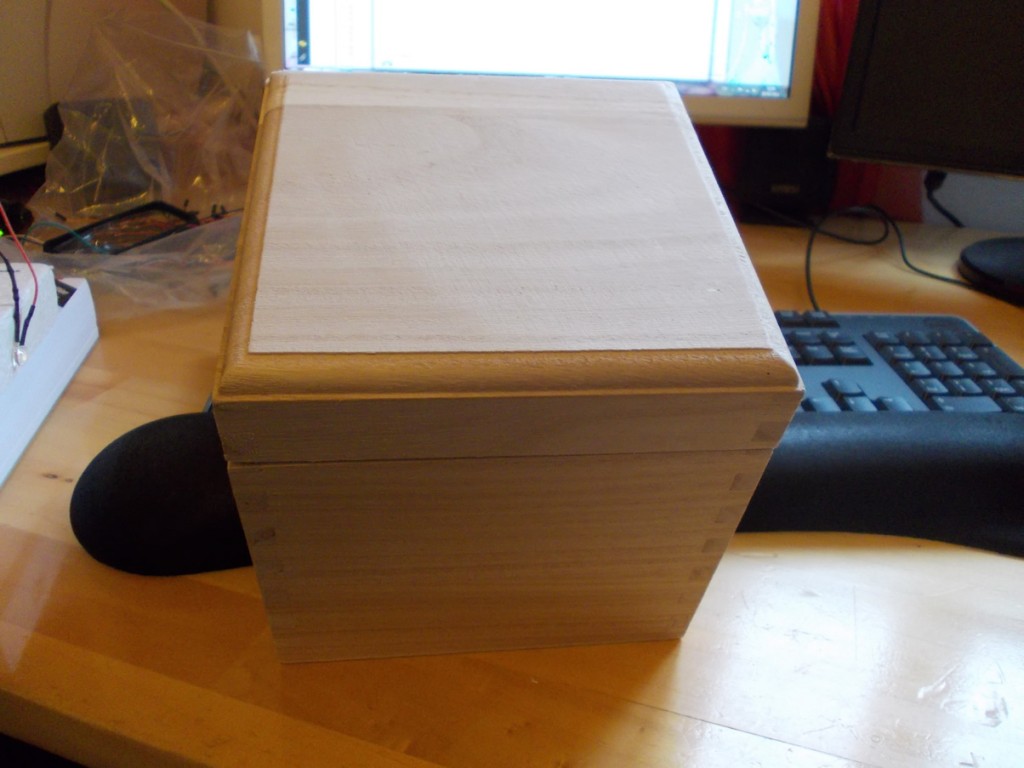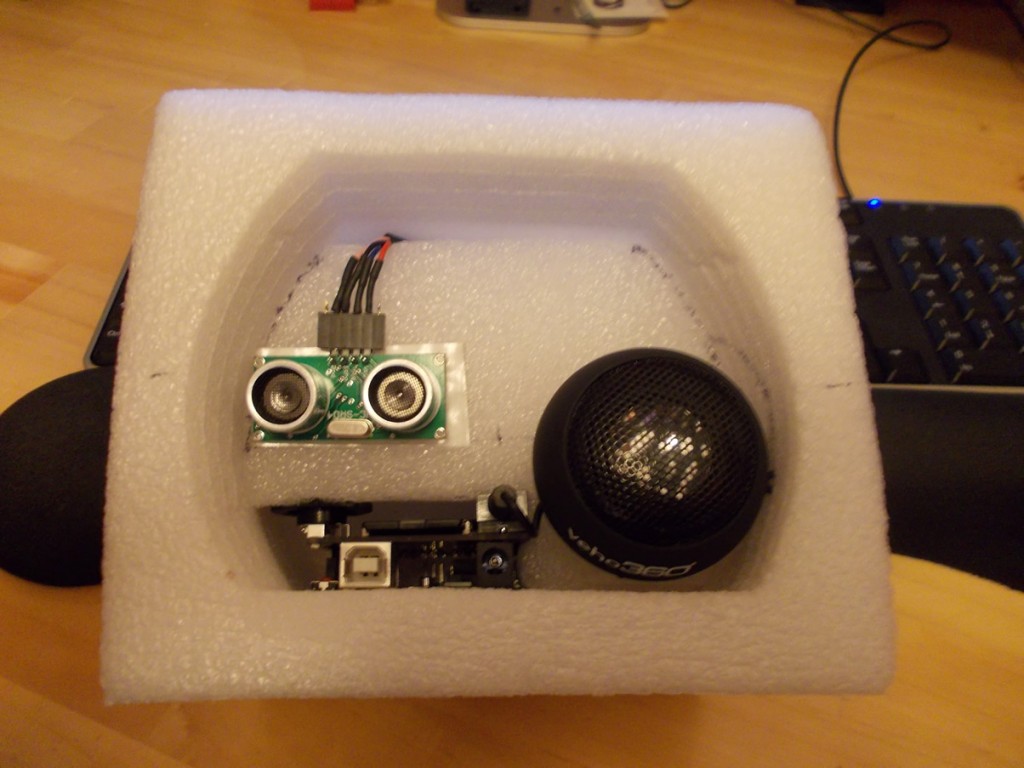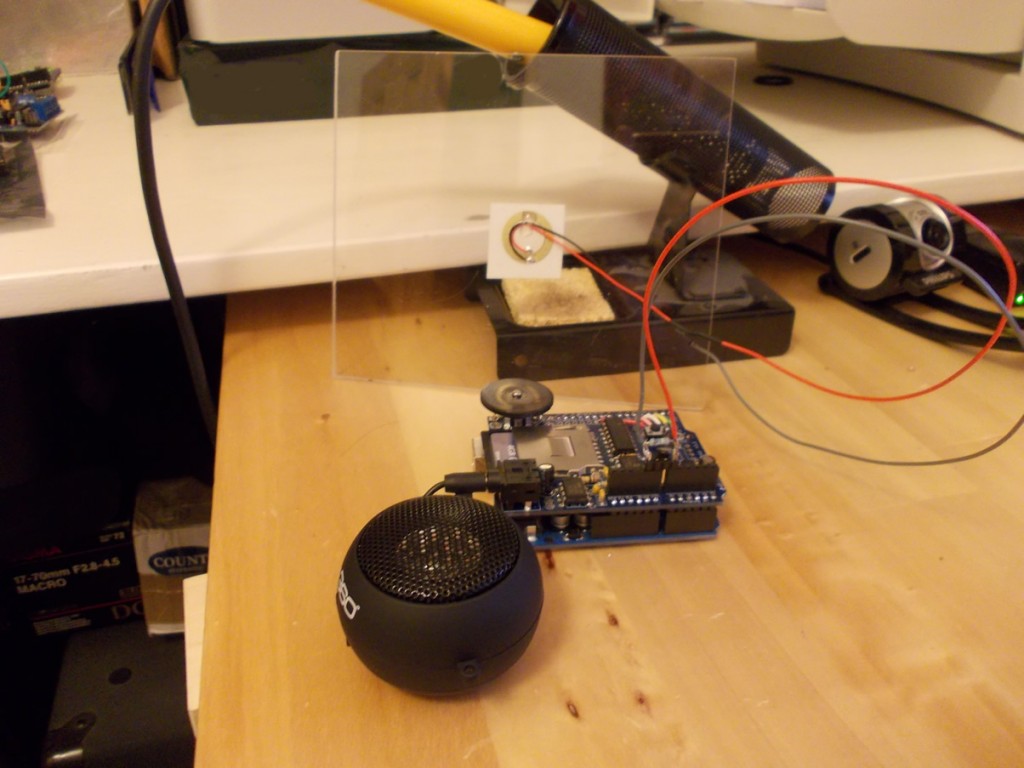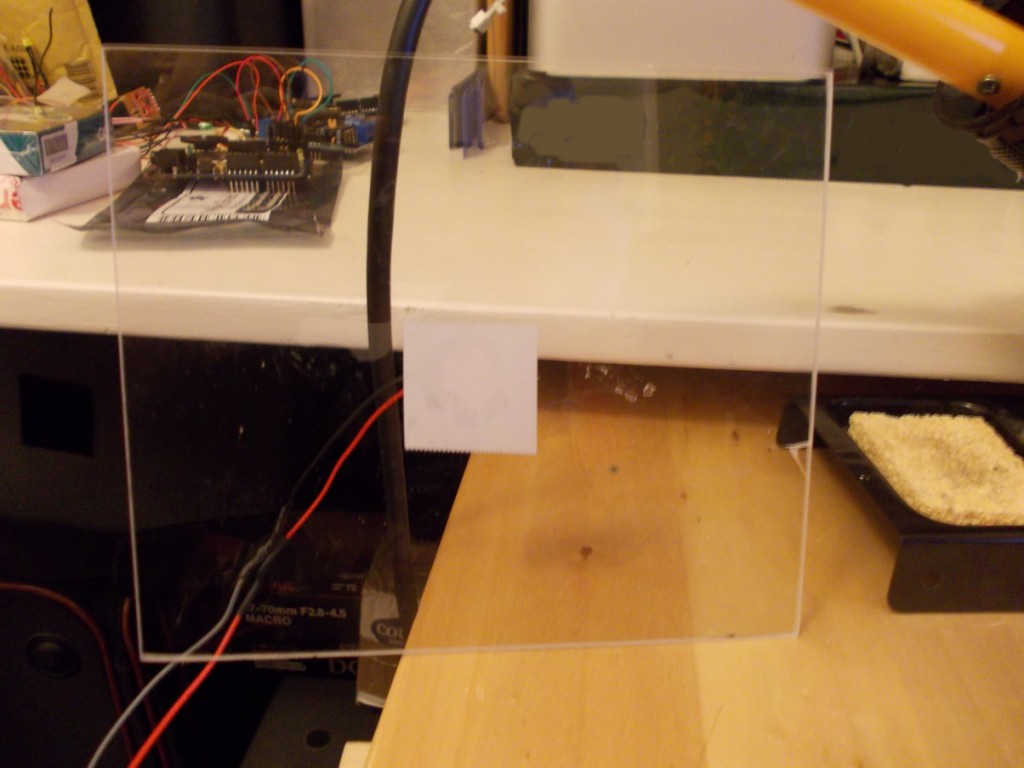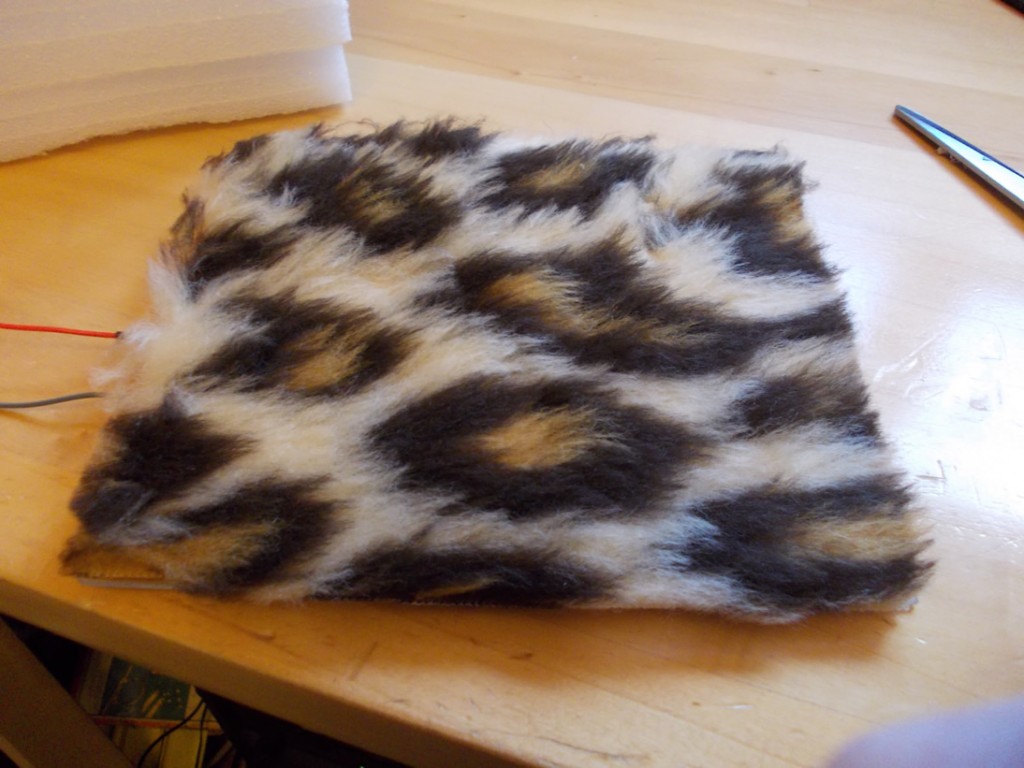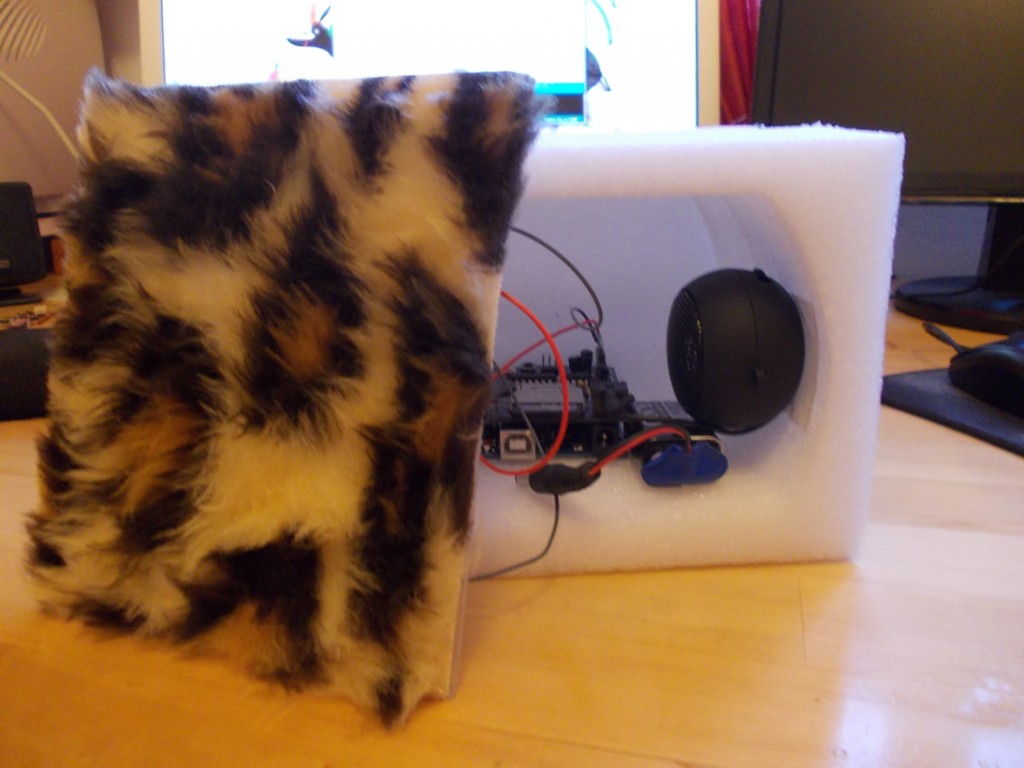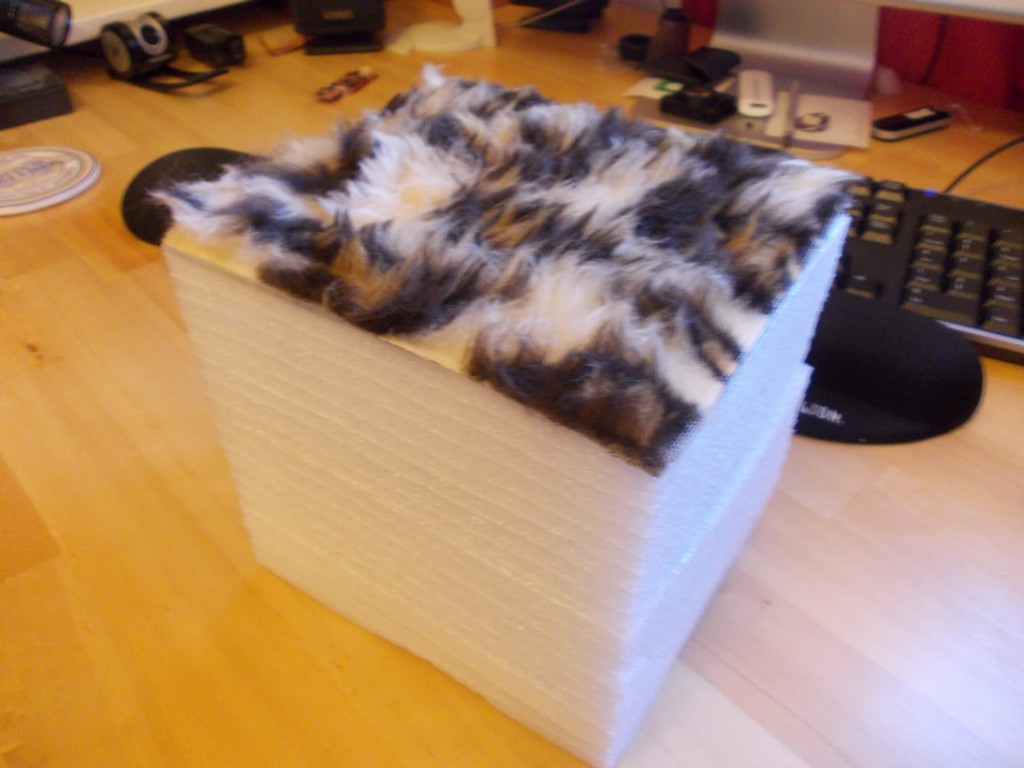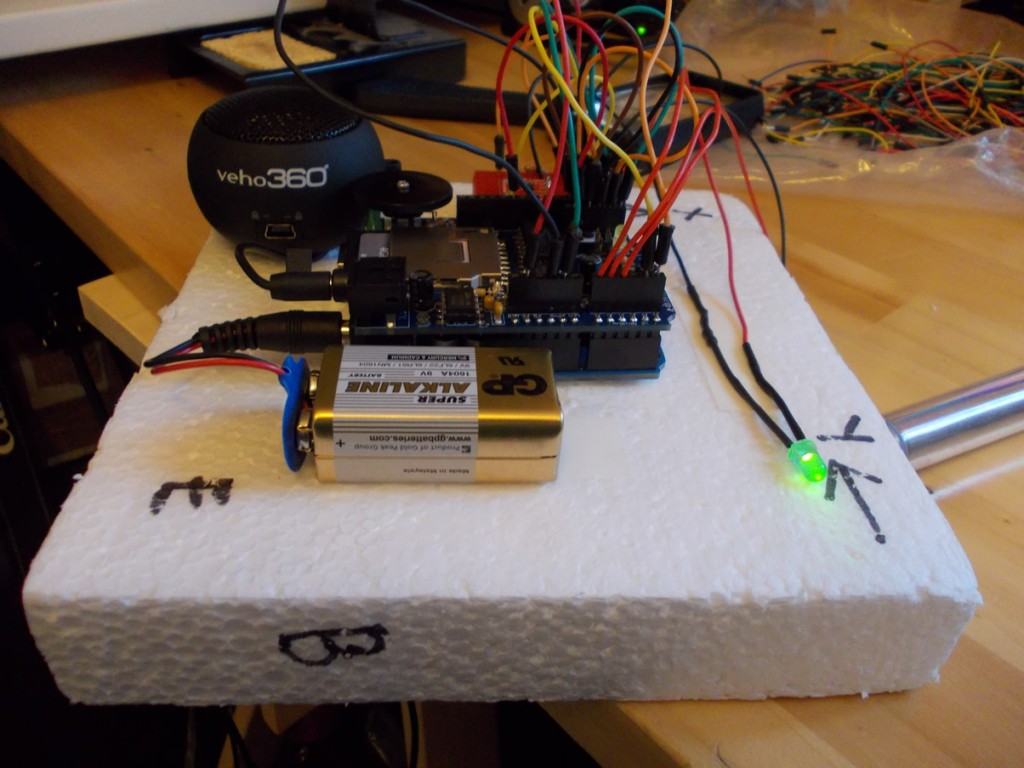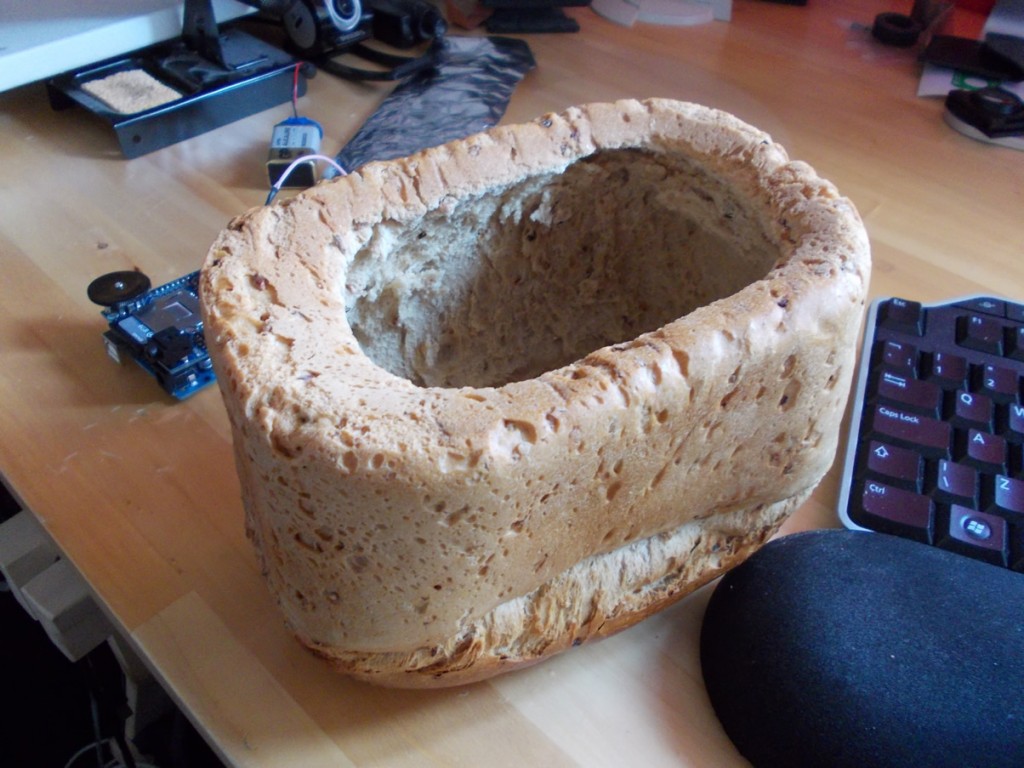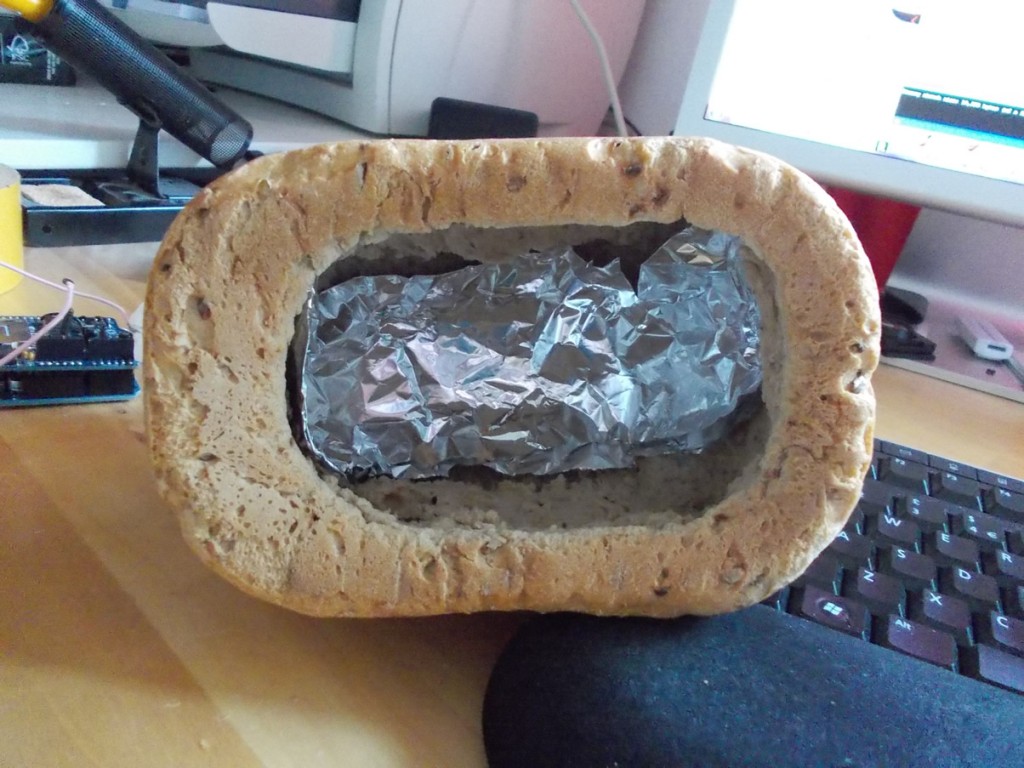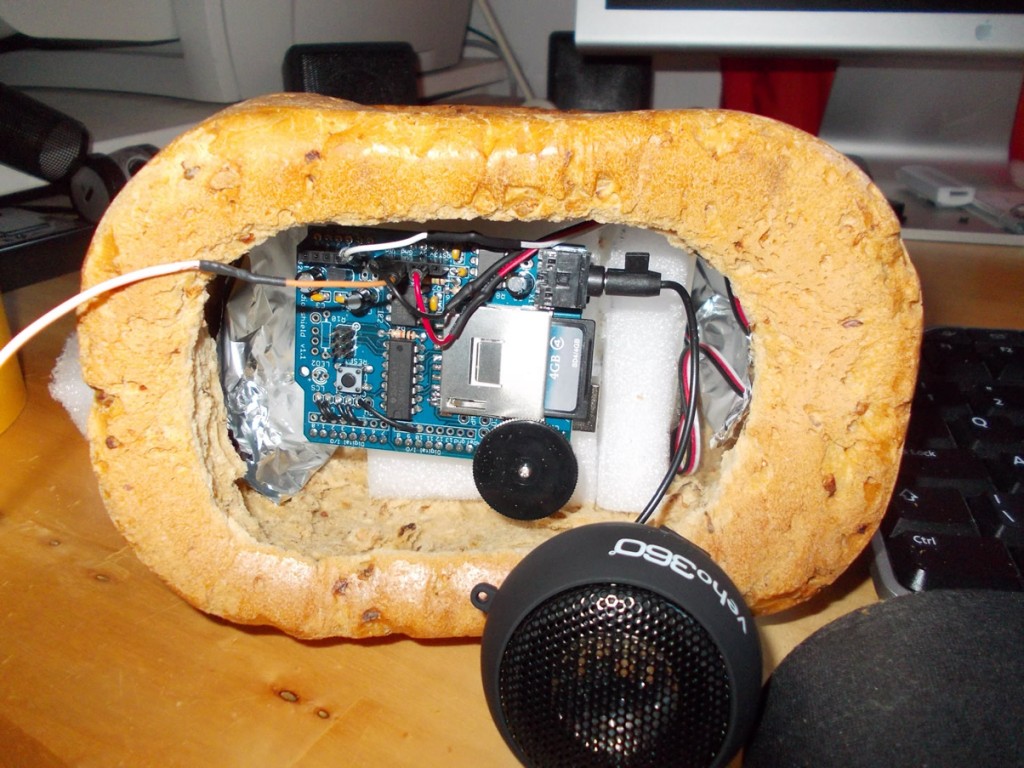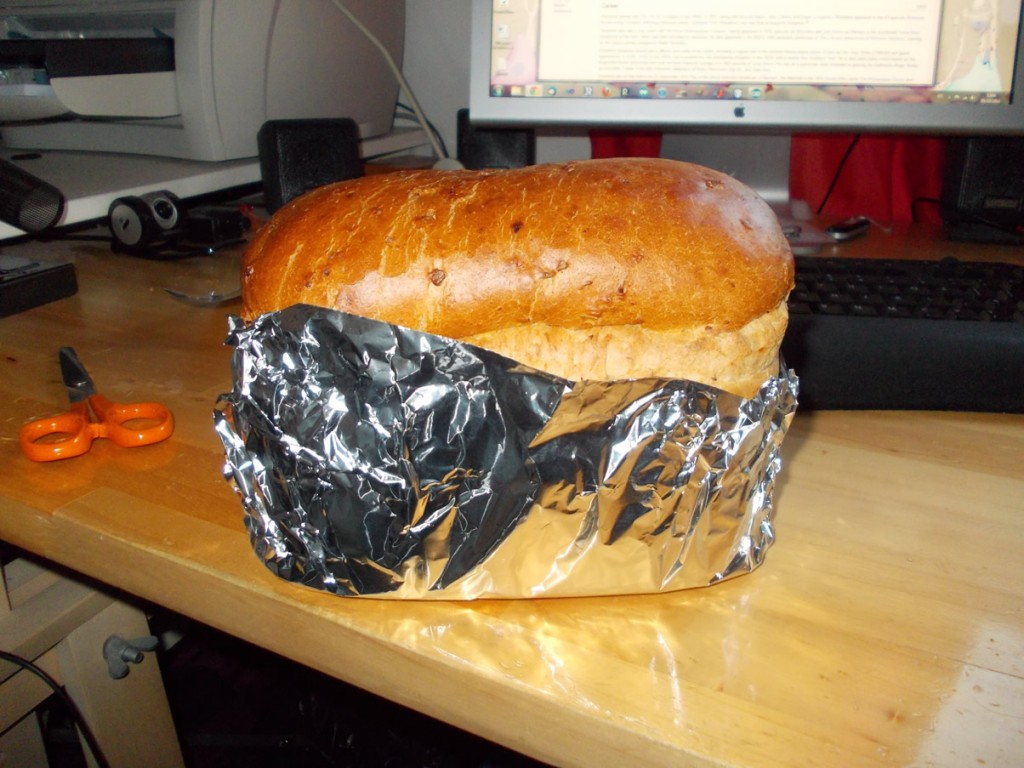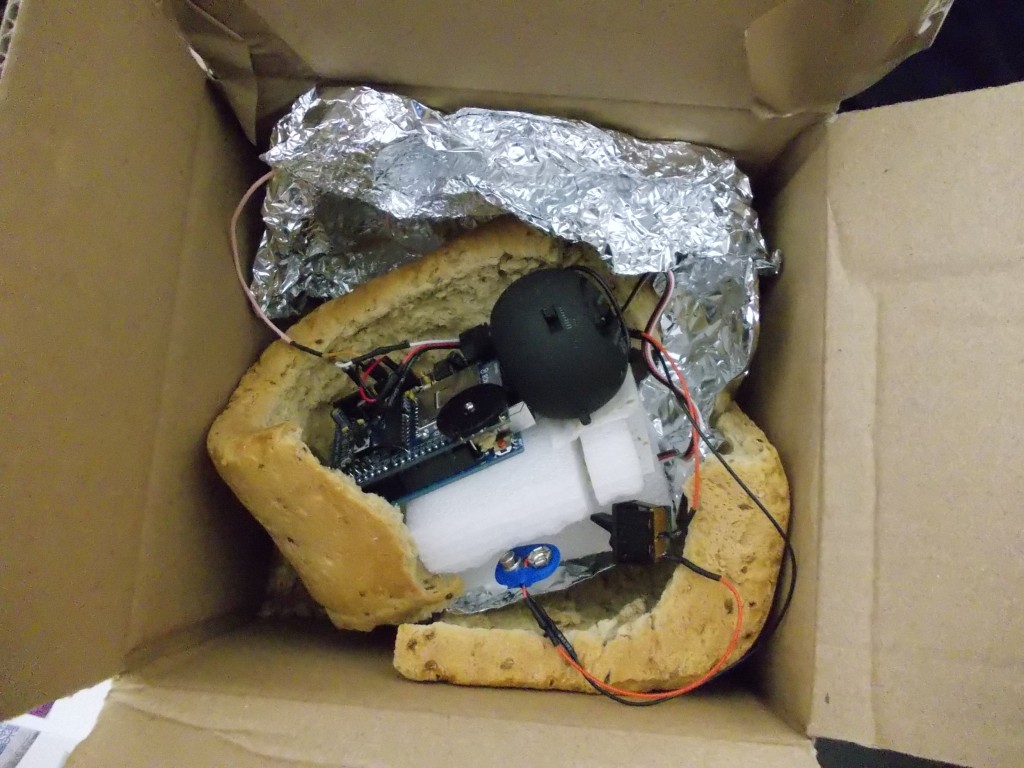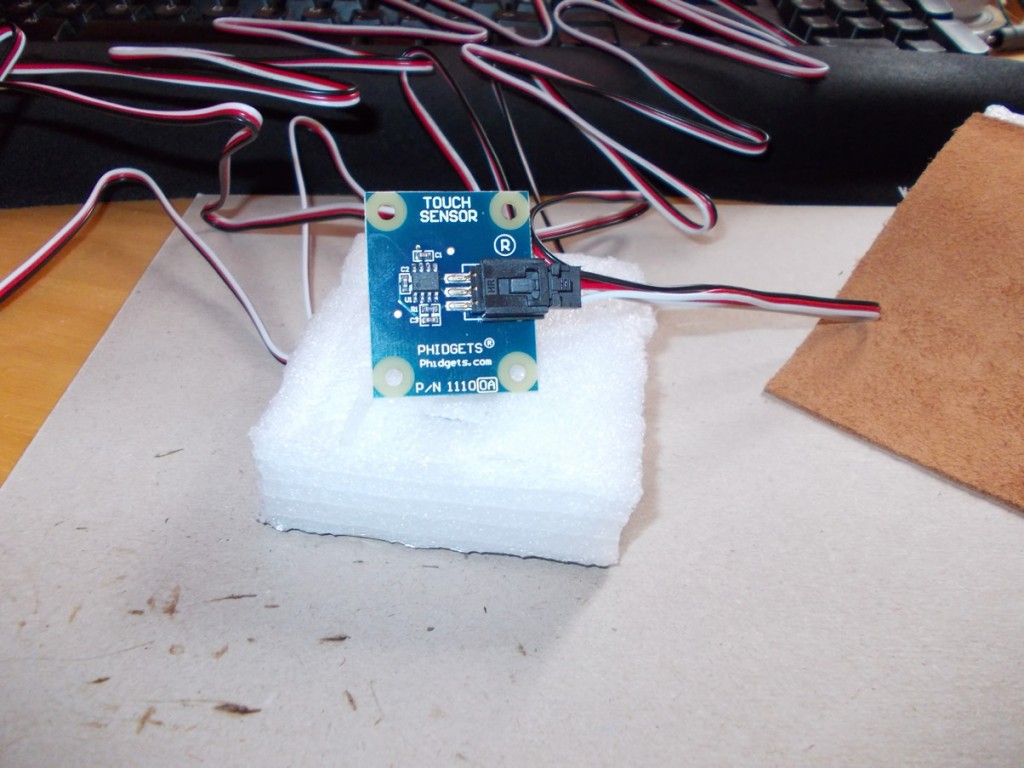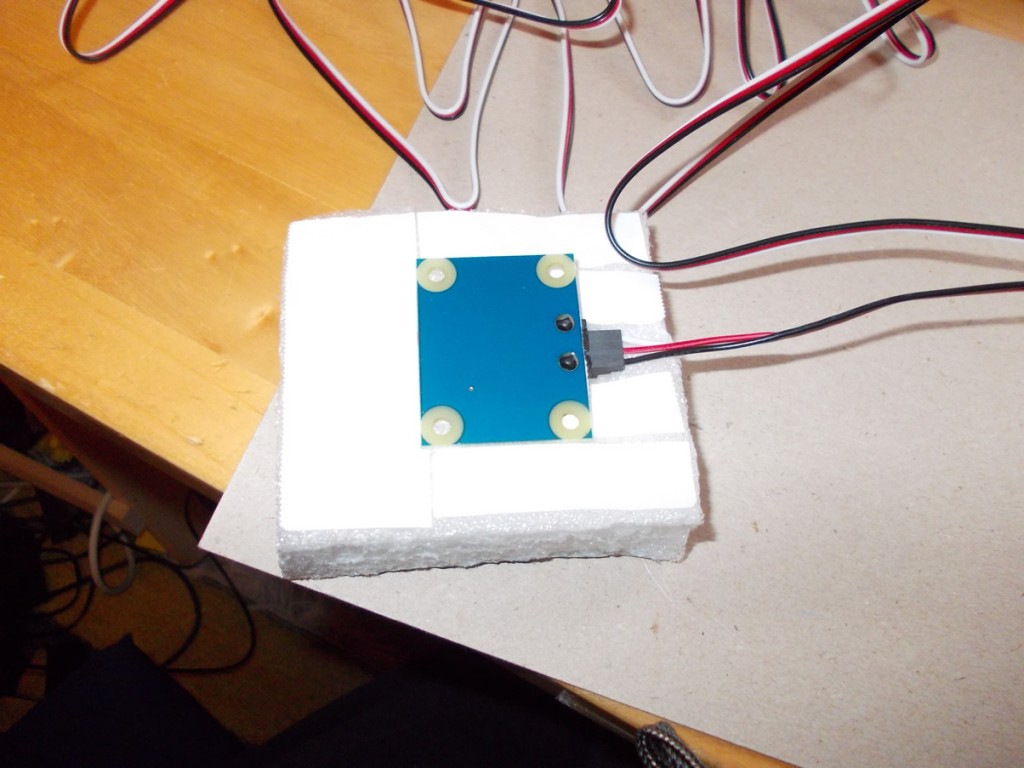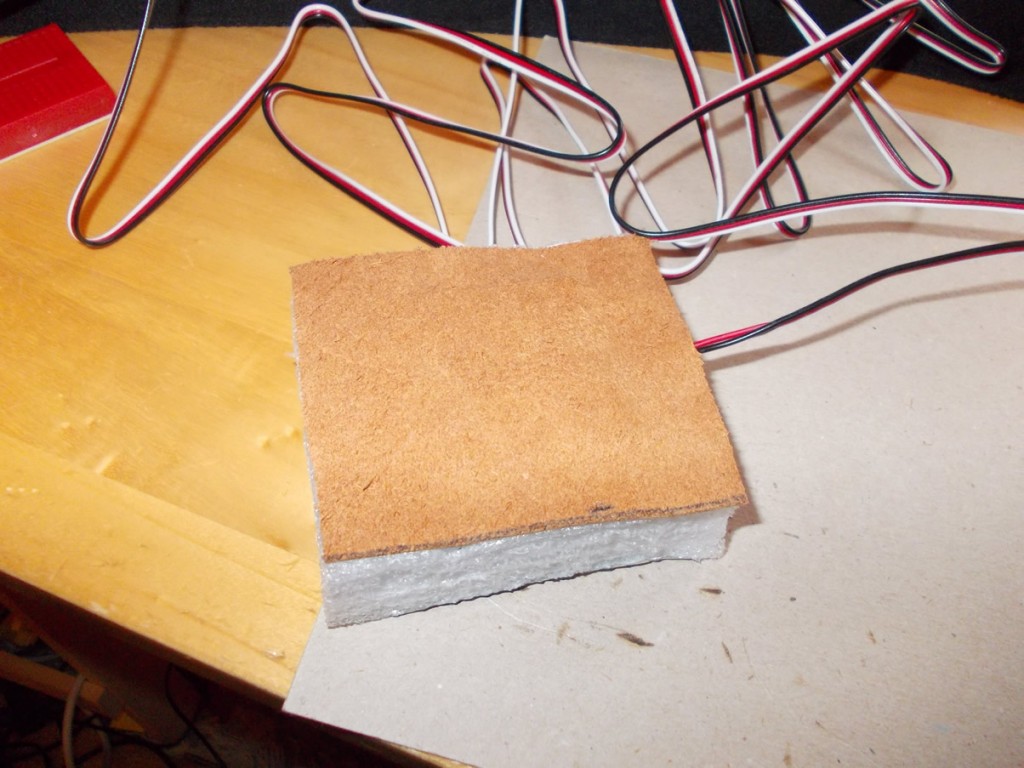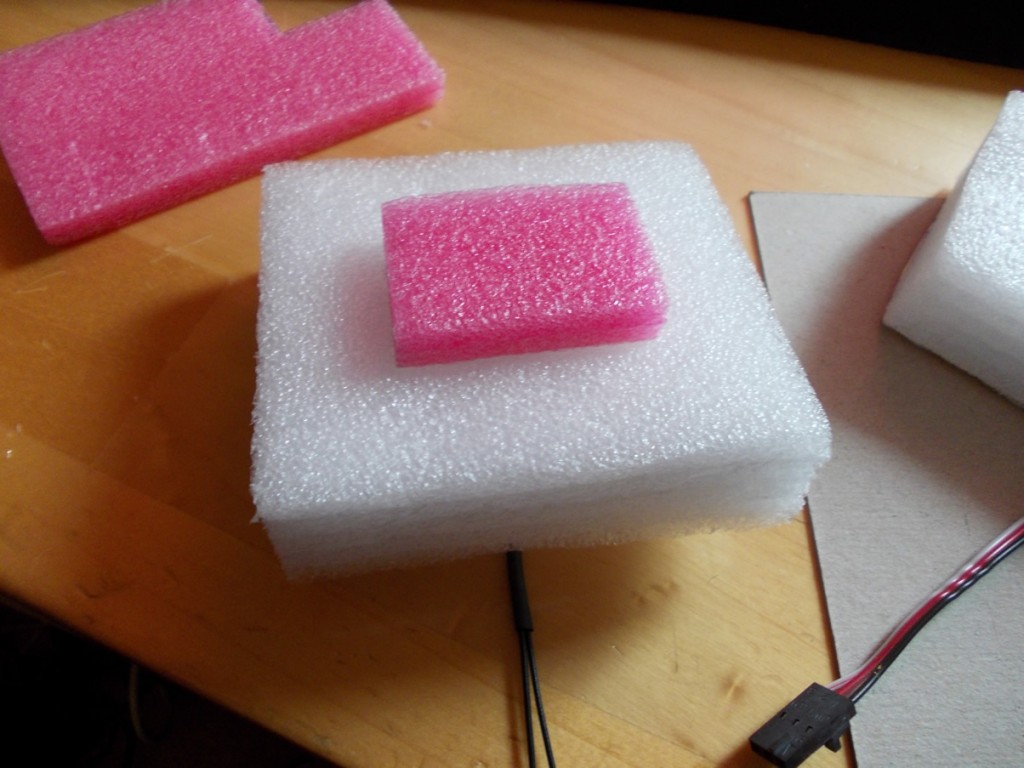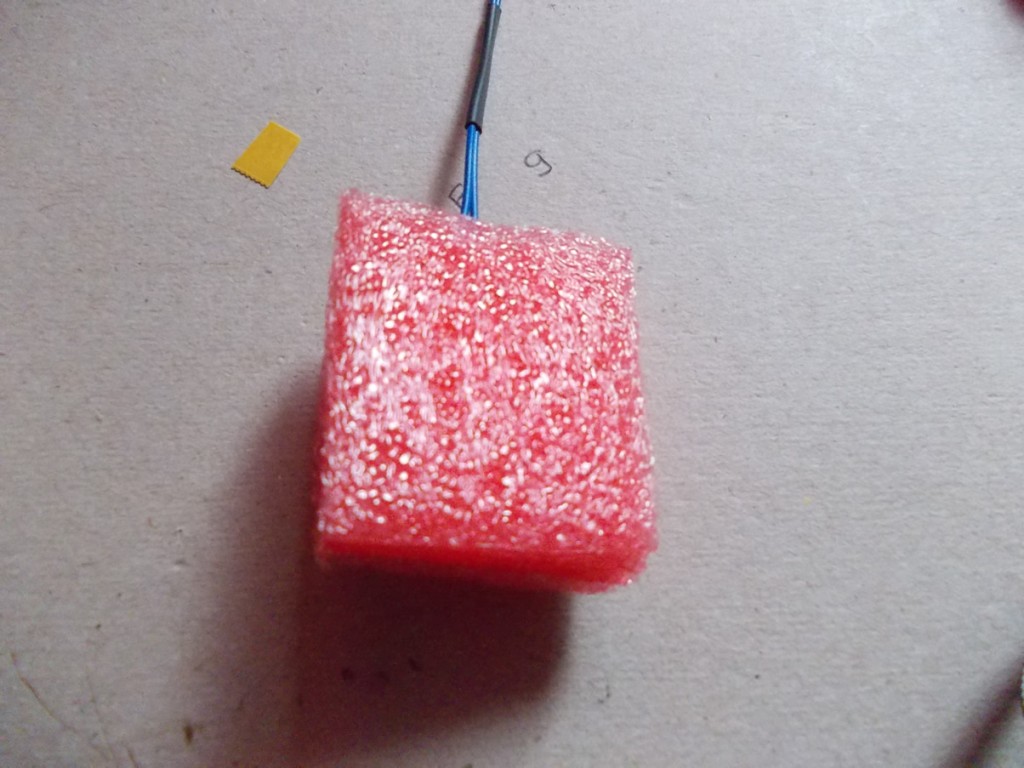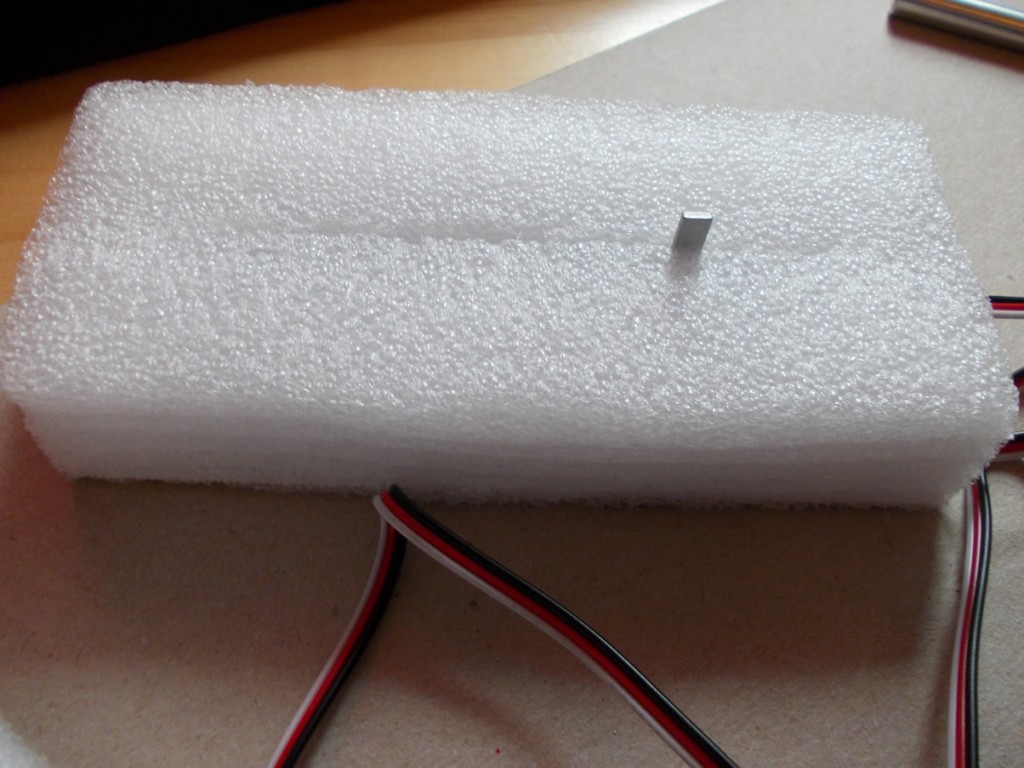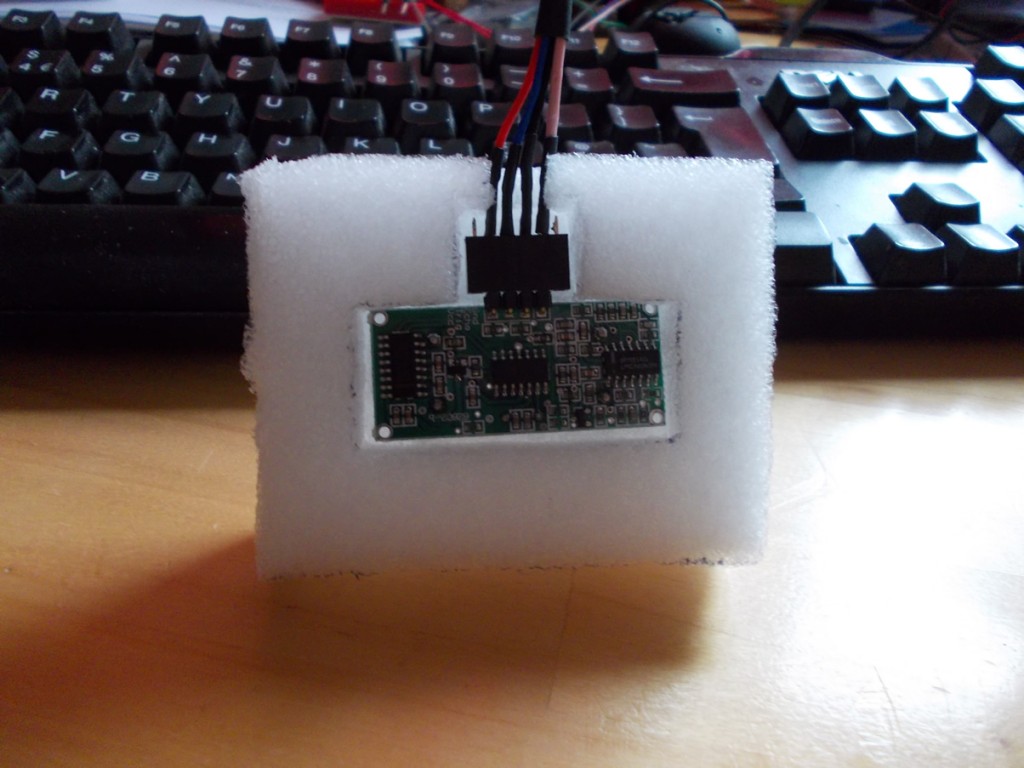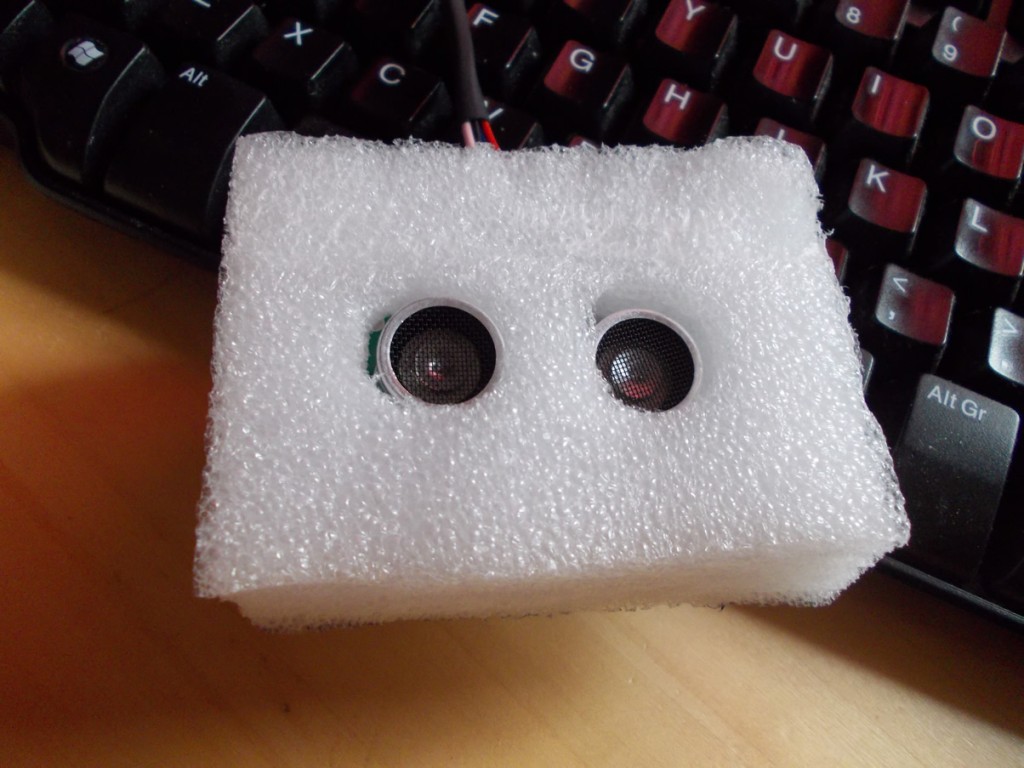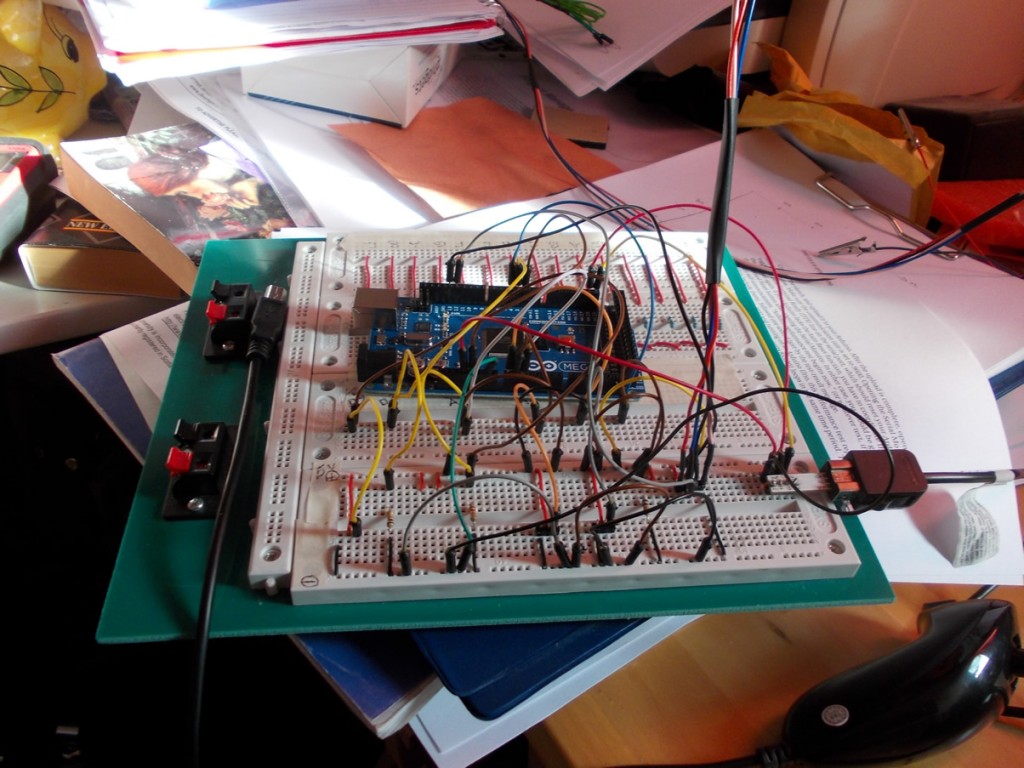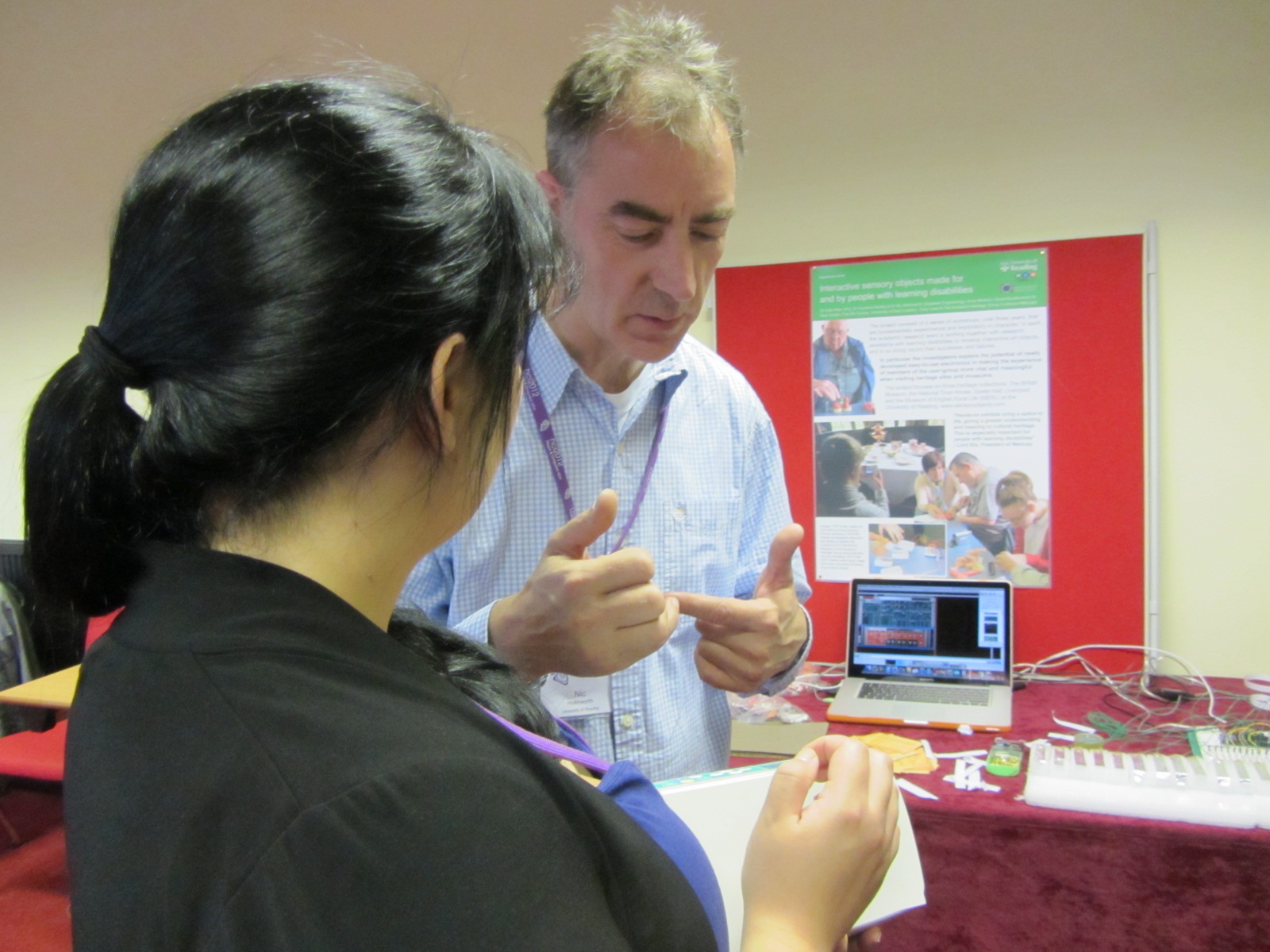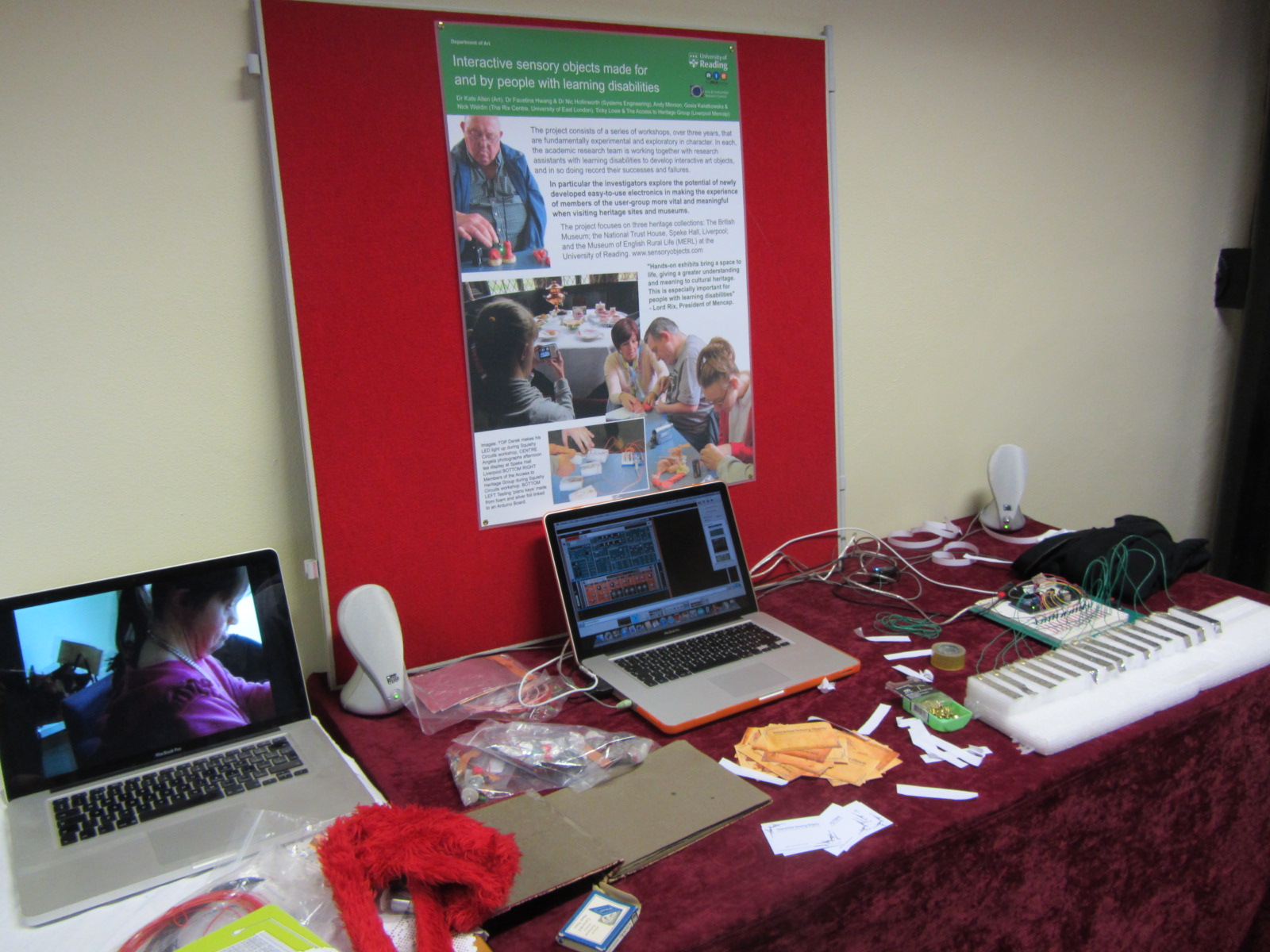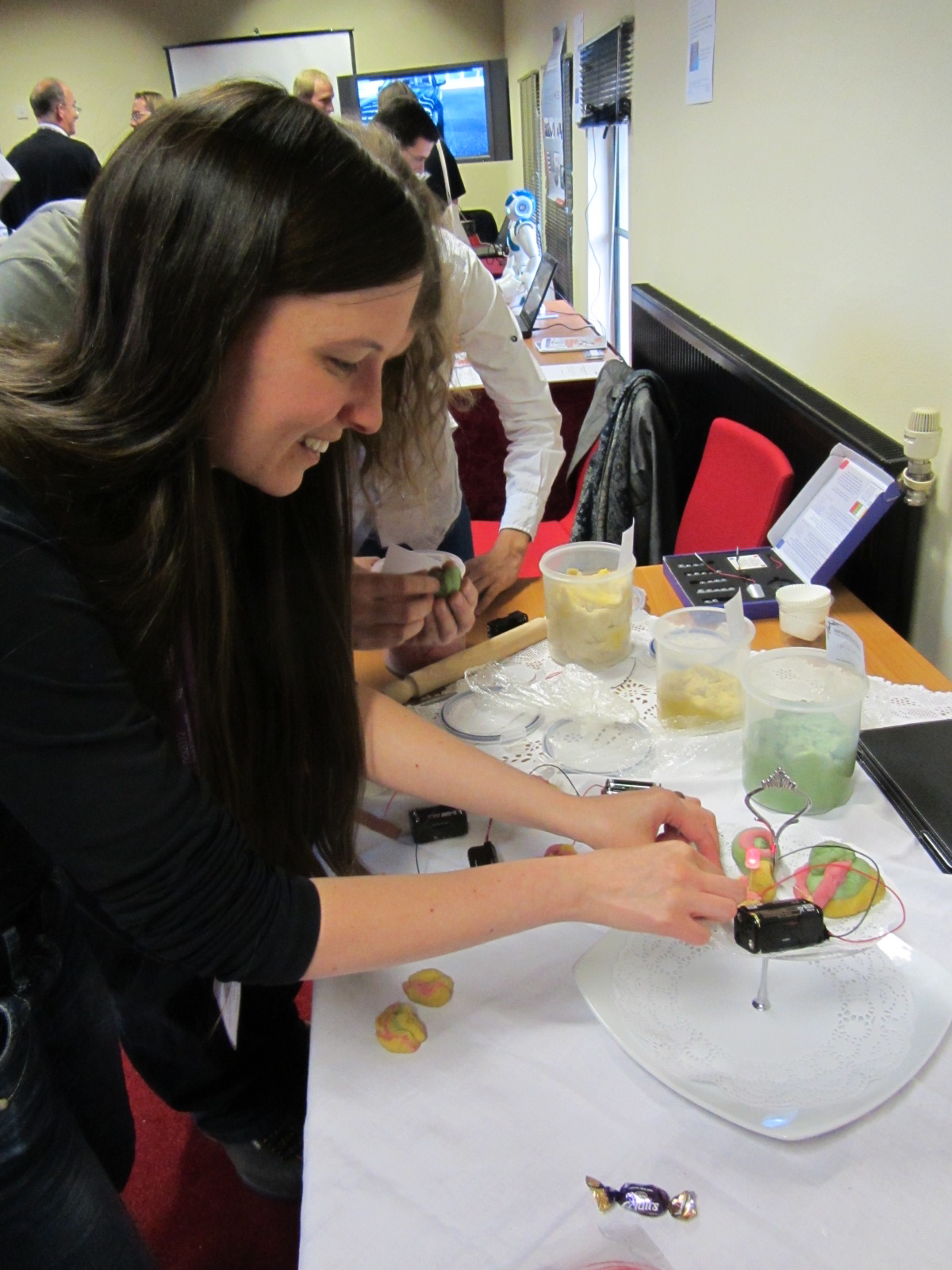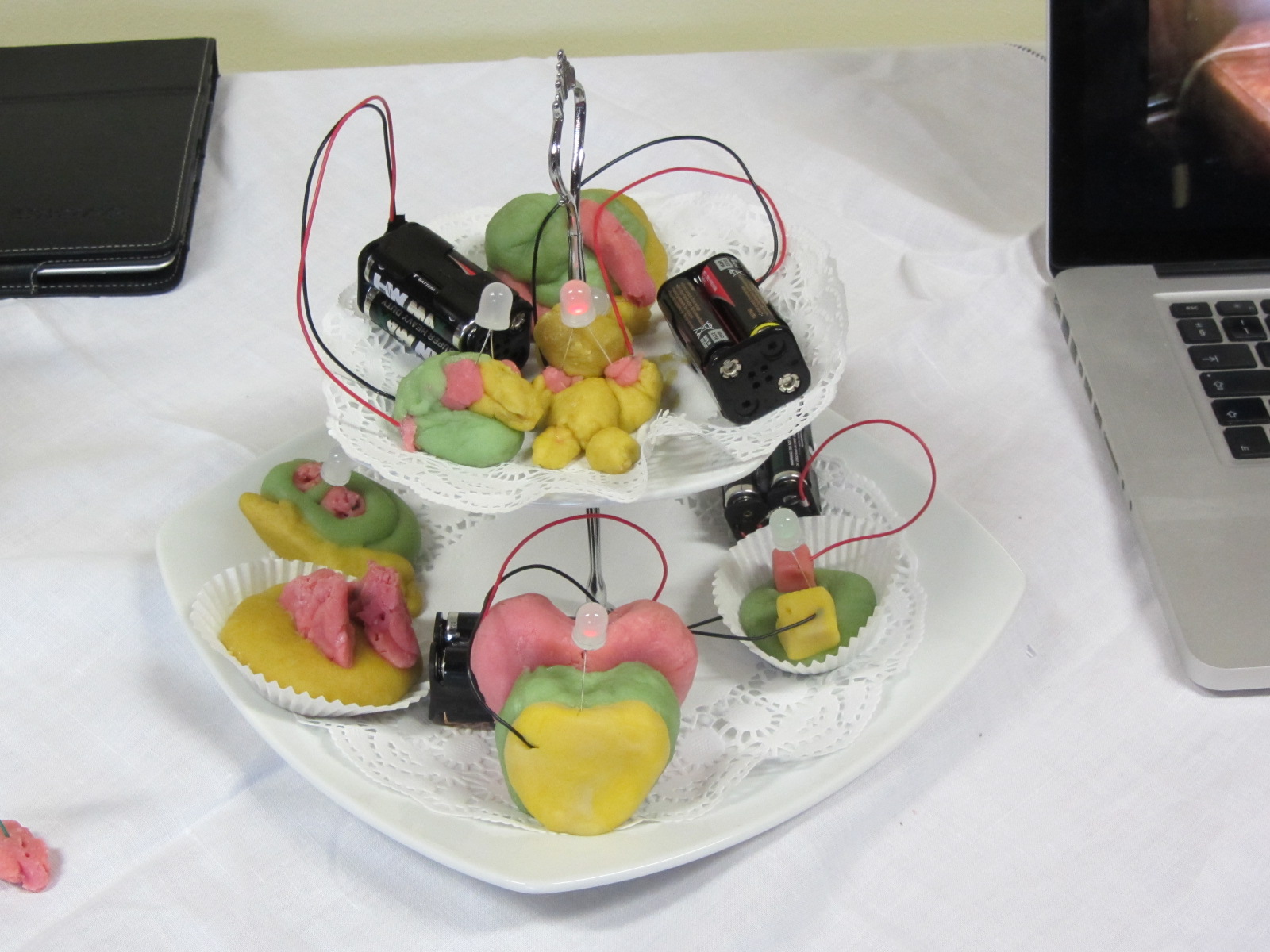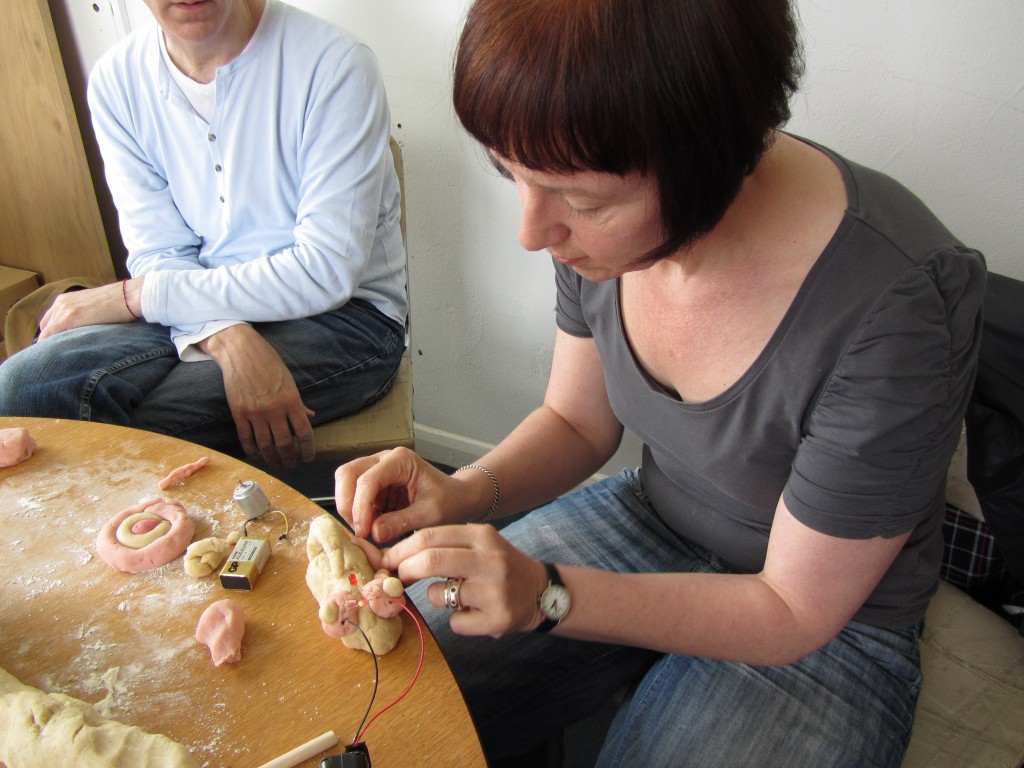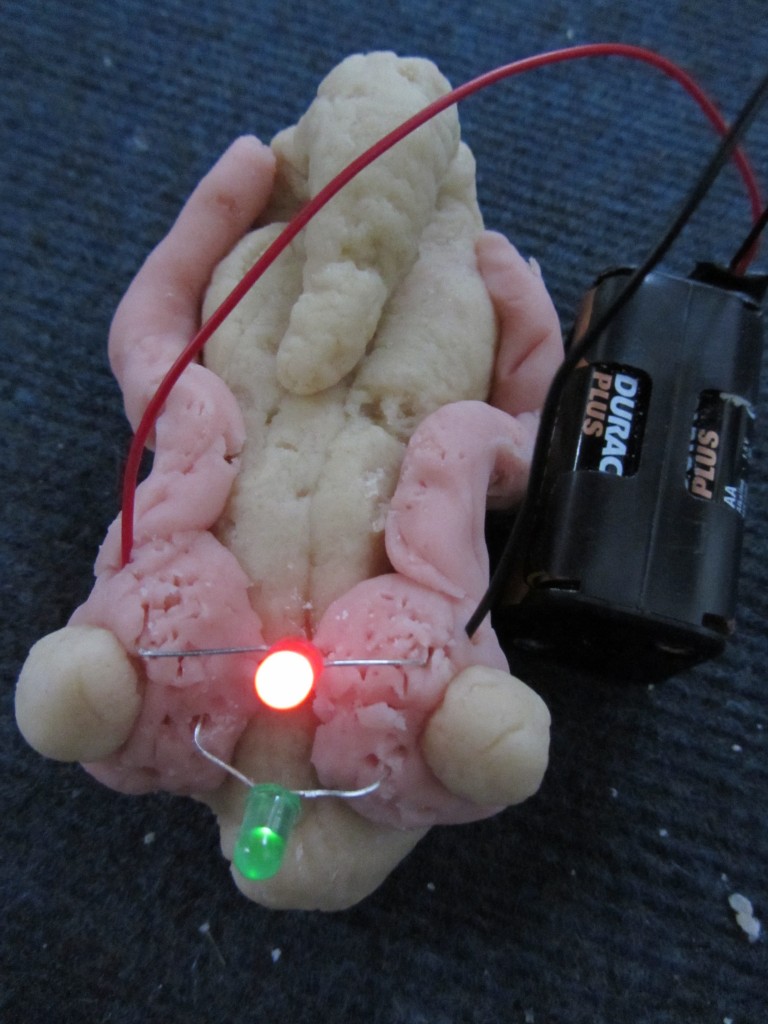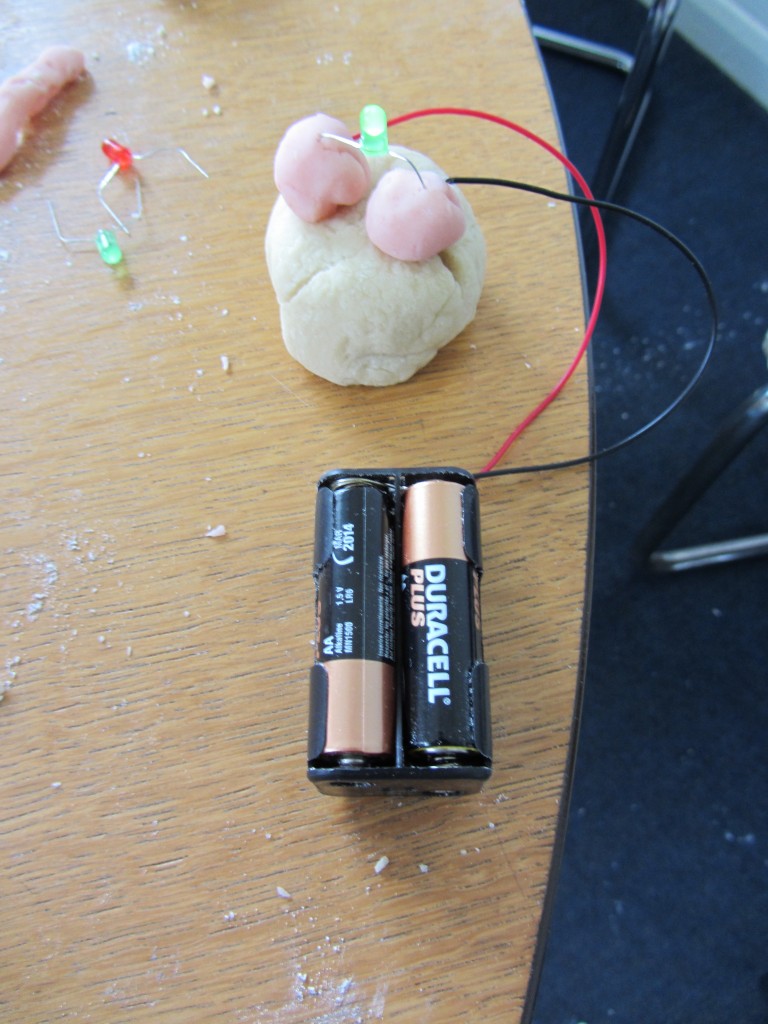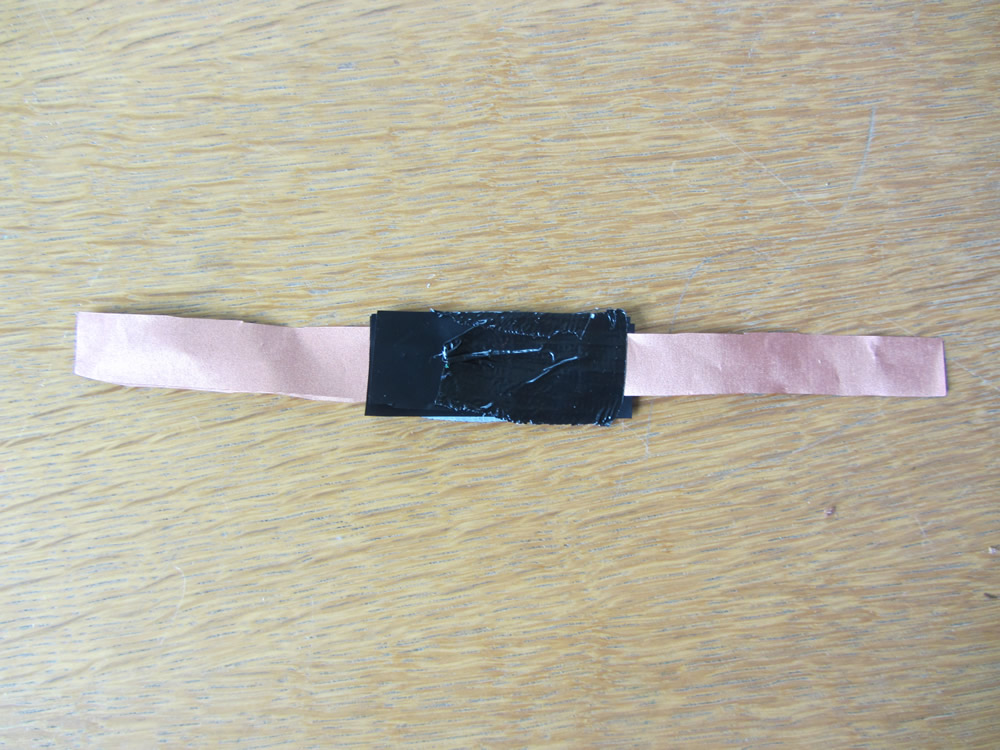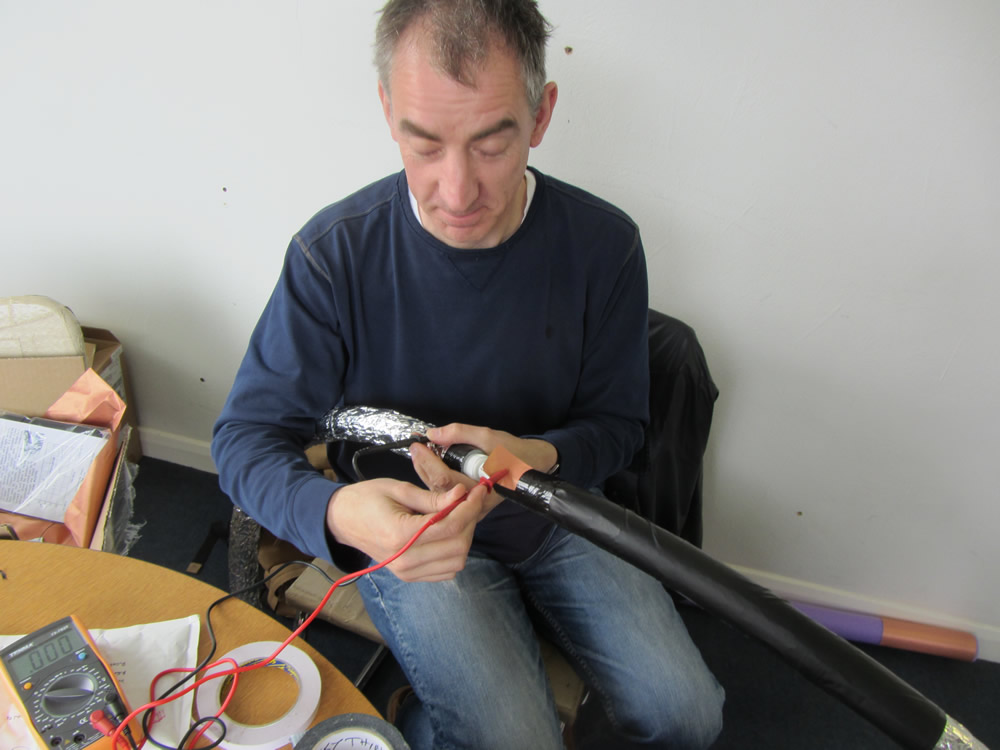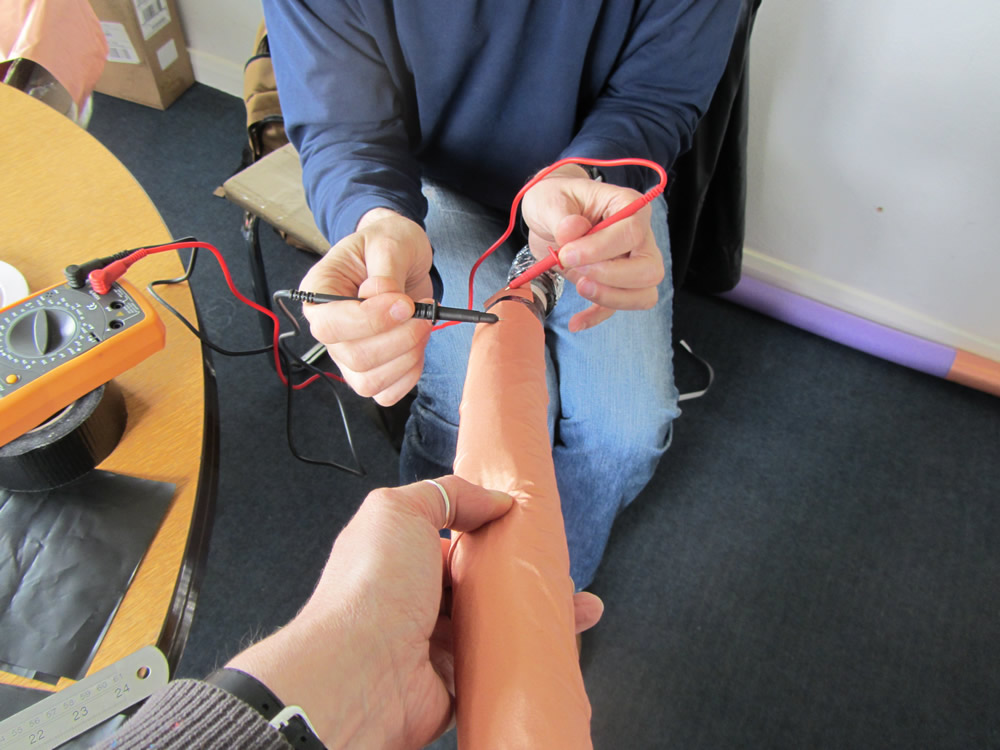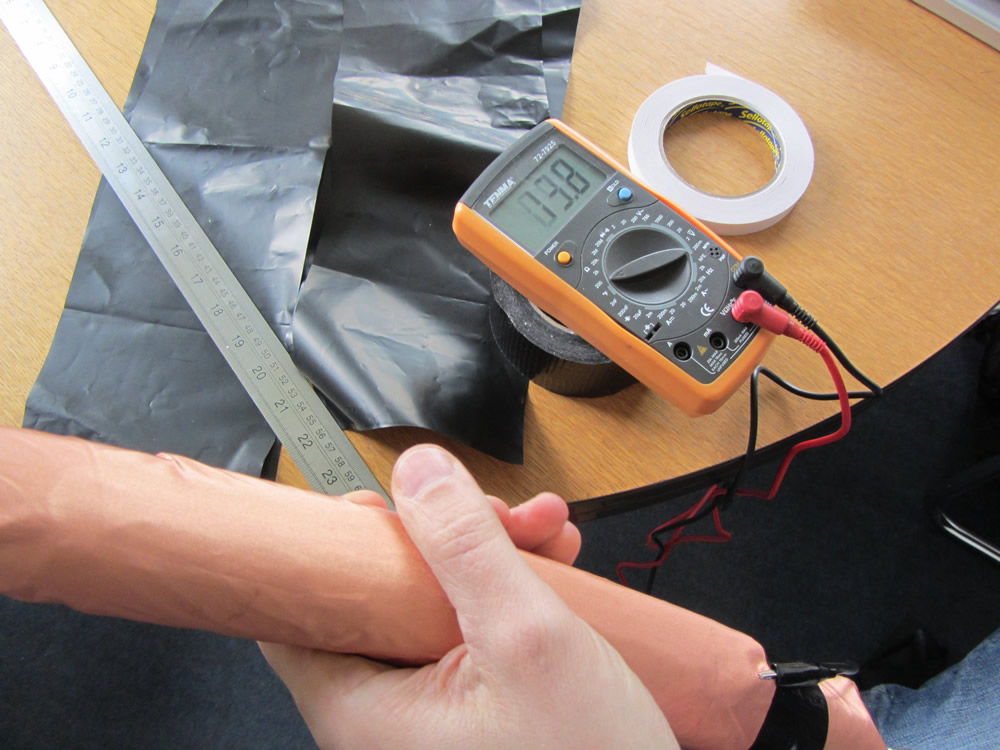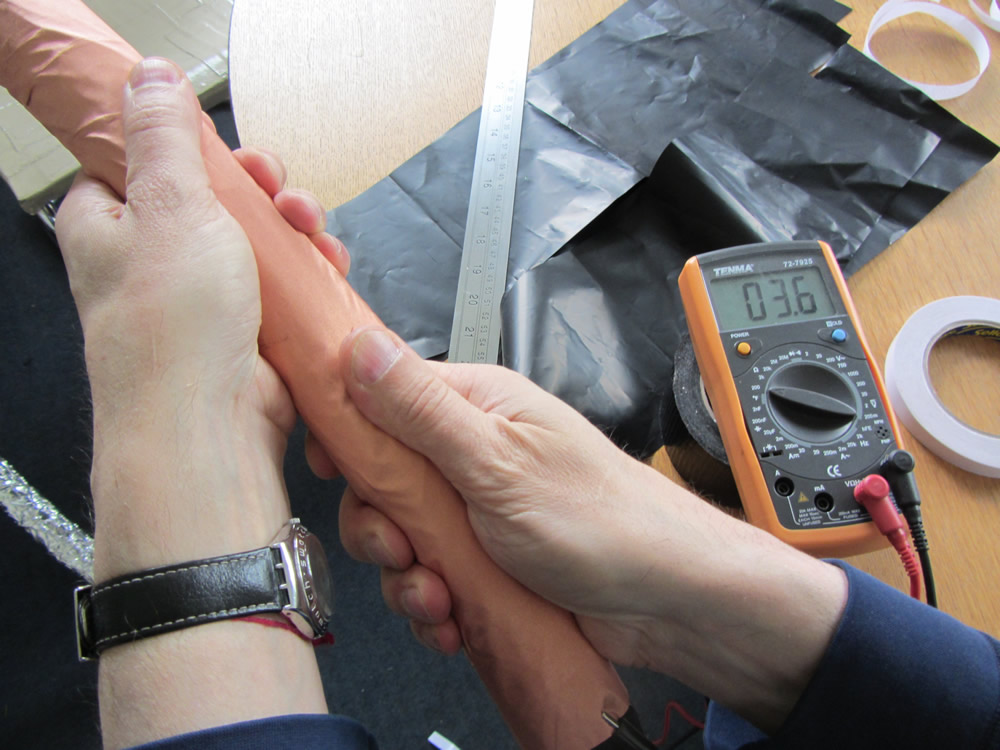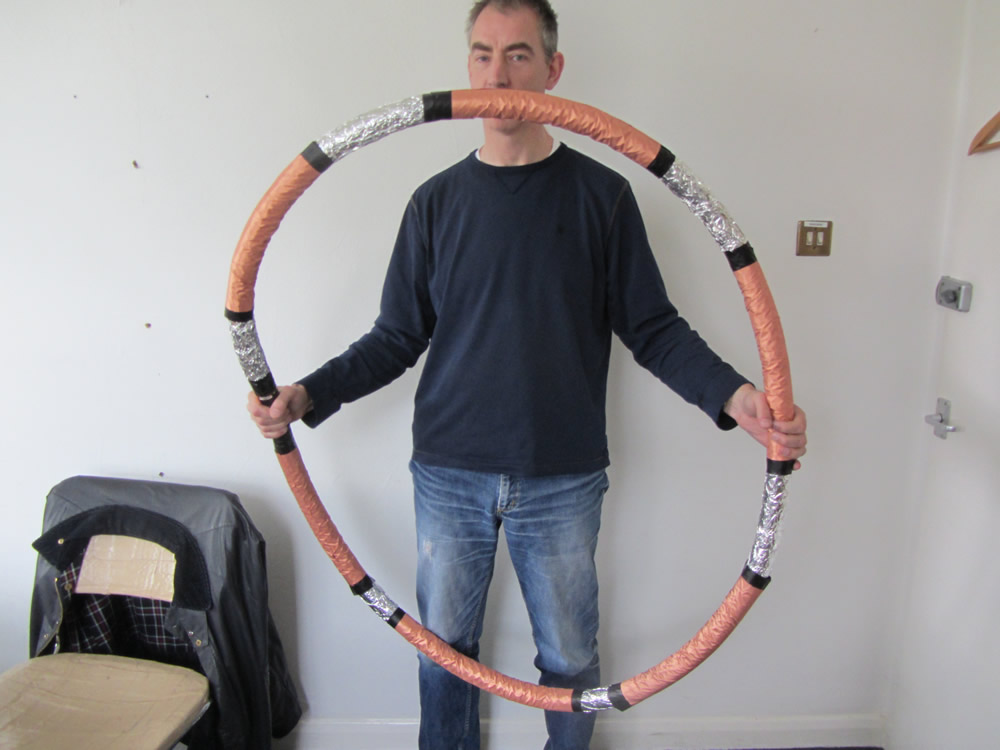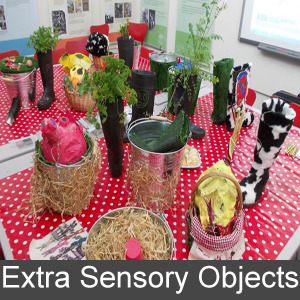 |
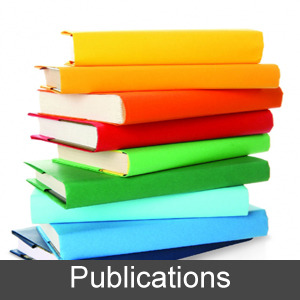 |
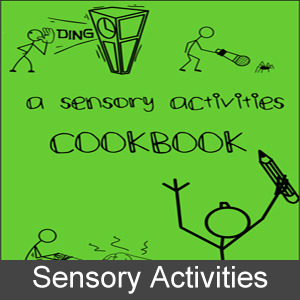 |
Sensory Objects awarded AHRC grant for start up enterprise purpleSTARS
purpleSTARS is our new start up enterprise funded for one year by the Arts and Humanities Research Council (AHRC) it is a follow on fund project. The Sensory Objects Enterprise 2017-2018 grant aims to create opportunities for artists and technologists with and without learning disabilities working as a team with museums. STARS stands for Sensory … Continue reading
‘From the Outside In’ Commission for Orleans House Gallery
In 2017 Sensory Objects were commissioned to make a box of sensory objects, workshop plans and log book to inspire and discover about art and biomedical science and to gain an Arts Award for Orleans House Gallery The pictures below shows the ‘From the Outside In’ box the box has … Continue reading
Madhouse My House Exhibition feedback.
Read about the Madhouse My House Exhibition on a special wiki website. Click on the Hackney Museum Exhibition Circle to hear feedback from visitors to the exhibition. Below Hackney Museum curated all the Twitter activity about the Madhouse my House Exhibition into a Moment. Madhouse, My House? Below are pictures and … Continue reading
MILKING IT part of a MERL late for British Science Week on Thursday 16th March 7.00-10.00pm
Sensory Objects and their co-researchers, students from Reading College LLD/D dept developed an Interactive Sensory Cow for The Museum of English Rural Life MERL. The idea of the cow is to be used during workshops to explore cows in alternative ways. The cow was commissioned by the Reading Arts Committee … Continue reading
Sensory Objects Co-Researchers from Reading Mencap with Penny Mordaunt MP
Sensory Objects Co-Researchers from Reading Mencap Coffee club demonstrated some of our Sensory Objects to Penny Mordaunt Minister for Disability during a visit organised by the Breaking Down Barriers Project
Madhouse My House? exhibition opening night 2nd Feb 2017
Last night Madhouse My House? opened at Hackney Museum. Co-researchers from Access All Areas presented their research and the ideas that Sensory Objects have developed with them to create a sensory interactive exhibition. The group explained … Continue reading
Sensory Objects with Access All Areas exhibition at Hackney Museum 2017
Sensory Objects have been collaborating with Access All Areas is an award winning theatre company for adults with learning disabilities based in Hackney, London. We have created an interactive exhibition Madhouse, My House? that will open at Hackney Museum London this Thursday 2nd February 2017 – May 13th 2017 . Below is … Continue reading
Sensory Cow for MERL 2016
Over the last few months Sensory Objects and their co-researchers, students from Reading College LLD/D dept developed an Interactive Sensory Cow for The Museum of English Rural Life MERL. The idea of the cow is to be used during workshops to explore cows in alternative ways. The cow was commissioned by … Continue reading
A sensory interpretative journey by Natasha Barrett
Kia ora (a traditional Māori greeting), my name is Natasha Barrett and I’m Museum Studies PhD student from the University of Leicester (AHRC Midlands 3 Cities funded). My research is about colonial-era photographs (1860s-1914) of Māori, the indigenous Polynesian people of New Zealand. I have been discovering how these photographs … Continue reading
Researcher experiences Sensory Labels: Focus on Ryan’s Label
Museum Studies PhD researcher Natasha Barrett contacted us to ask if she could experience some of our Sensory Labels created for the Enlightenment Gallery in the British Museum. Natasha is interested in exploring photograph with all our senses. … Continue reading
Sensory Objects present to SHARE East Seminar at The Polar Museum 4th March 2016
Judith with support work Reshma and Kate went to the Polar Museum in Cambridge to present the Sensory Object research project to SHARE East Working with Different Audiences. We co-presented the research, Judith did an excellent job describing her Sensory Label for the Enlightenment Gallery at the British Museum and how … Continue reading
Sensory Objects Poster Engage Conference 02.12.15
Ajay Choksi Wiki Master from RIX research and media and Kate presented a Sensory Objects poster at Engage 2015-Engaging with Impact in Bristol at the Royal Marriott Hotel We also introduced ArtLab which is a project that has grown out of the Sensory Objects Research. ArtLab promotes Widening Participation and Research projects at … Continue reading
Sensory Objects commissioned to create Interactive Farm Animal for MERL
We have been given a small grant by the University of Reading Arts Committee to create one of our ideas of an interactive farm animal generated by our work with Reading College Learners with learning difficulties and disabilities dept at MERL in 2014. The proposal builds on Sensory Objects research … Continue reading
Sensory Objects Present to Visitor Studies Group Meeting, Whitworth Gallery Manchester 11.11.15
Tim Elson with support worker Ferhat from The Tower Project and Kate went to Manchester to present our research at an event called Access All Areas? The day focussed on access and accessibility in the cultural sector the pictures below show a screen grab from the webpage and the presentation … Continue reading
Sensory Objects Summer 2015
Sensory Objects has been busy over the last few months sharing our research nationally and internationally. Tower Project co-researchers produced a newsletter documenting the project. We featured in an article by French journalist Clara Crochet-Damais which documented the award ceremony in Paris where we were awarded the International Access for All … Continue reading
Sensory Objects present master class and demo at the Museum and Heritage Show 2015
On Wed 29th April Sensory Objects co-researchers from Tower Project presented a well attended master class and demo during the Museum and Heritage show at Olympia London. UEL had a stand where we displayed some of our Sensory Objects including some made by our co-researchers from Reading College Learners with Learning … Continue reading
Sensory Objects Seminar at The British Museum 25.02.15
Below is the easy read programme of our very successful Seminar at The British Museum. You can see a report of the Seminar on our Co-researchers Wiki The picture below shows an image from our Co-researchers Wiki documenting Angela from Access to Heritage giving the first presentation of the Seminar … Continue reading
Sensory Labels Showcase Day in The Enlightenment Gallery at The British Museum 11.02.15
Sensory Objects co-researchers from The Tower Project created a set of 12 labels you could look at touch, listen to and smell based on objects in the Enlightenment Gallery . These Sensory Labels were then enthusiastically and confidently presented to the public by our co-researchers during 2015. Each Sensory Label was created … Continue reading
The Aura of a Sensory Object by Matthew Goodsell
The Aura of a Sensory Object In the writing of Walter Benjamin, we find the concept of the ‘aura’, a special distancing or abstraction certain objects have. He describes it as ”the unique phenomenon of a distance, however close it may be”, going on to explain ”If, while resting on … Continue reading
Tower Project Showcase Event at The British Museum on Wednesday 11th February in The Enlightenment Gallery 11am – 3pm
Members of the Sensory Objects research project invite you to try out their newly developed interactive Sensory Labels of selected objects in the Enlightenment Gallery at The British Museum on Wednesday 11th February in The Enlightenment Gallery 11am – 3pm. These Sensory Labels have been co-developed by people with learning … Continue reading
Sensory Objects Co-researchers at the first ‘Sandpit Workshop’ of the Living Archive for Learning Disability History Project
The Sandpit day was organised to combine showcasing of work with and by people with Learning Disabilities with interactive demonstrations and activities designed to get discussion and debate going about what a Living Archive of Learning Disability History should be like. Find out more about the research project here Sensory … Continue reading
Sensory Objects present at ENGAGE 2014 Conference
The Sensory Objects project was represented by co-researchers Judith Appiah and Tim Elson supported by Beverley Agard from the Tower Project, who co-presented with Nic and Kate at ENGAGE 2014 conference in Bristol. The picture below shows Judith and Tim preparing for the presentation with Beverley on the train to … Continue reading
Sensory Objects Present at the Diversity in Heritage Group Meeting 30.10.14
We presented our Sensory Objects research at the Diversity in Heritage Group Meeting held at the Cinema Museum, London, the picture below shows the agenda of the meeting. We co-presented our research with Judith and Tim representing the Tower Project with their support worker Bev, Kate and Nic also presented … Continue reading
Sensory Objects Research Presented at the Inclusive Museum Conference
Kate and Nic gave a hands on presentation of the Sensory Objects project to the Inclusive Museums Conference at the Autry Museum in Los Angeles. We sent a big box containing Sensory Objects developed by our Co-researchers from Reading College at MERL and also the Access to Heritage Group in Liverpool. … Continue reading
Universities Museum Group Digital Showcase Bristol
Nic and Faustina took some of our Sensory Objects to display at Digital Dimensions: the University Museums Group Digital Technology Showcase in Bristol. We were given the “dressing room” of the Warwick Theatre to display everything. We put Rumena’s chicken in the hallway so that as people walked past it … Continue reading
Sensory Objects paper published
Sensory Objects Project has had a paper published in the SIGACCESS Newsletter. DOWNLOAD SENSORY OBJECTS PAPER PDF HERE SIGACCESS promotes the professional interests of computing personnel with disabilities and the application of computing and information technology in solving relevant disability problems. It also strives to educate the public to support careers … Continue reading
Sensory Objects In Progress Seminar June 10th
Our seminar was excellent and we want to say a big Thank You! to all who took part you were brilliant. Below shows the events of the day in our easy read programme Miranda Fox from Reading Mencap Coffee Club began the day with an intro to the project with … Continue reading
Award Ceremony at the Natural History Museum London 11.06.14
We were invited to the National co-ordinating centre for public engagement (NCCPE) Engage Competition award ceremony at the Natural History Museum London. Only three people per project were allowed to go, otherwise we would have invited more of our research group to come along! The picture below shows Nic, Kate … Continue reading
Buckets, Baskets and Boots
On Monday June 9th we held our event Buckets, Baskets and Boots at MERL, it was very successful everyone enjoyed the chance to meet our co-researchers find out what they had been researching and try their sensory objects. The picture below shows Rachel and Sian helping to demonstrate Guillermo’s bucket, … Continue reading
Museum and Heritage Show at Olympia 14th & 15th May
Sensory Objects were invited to join UEL on their stall advertising their MA in Heritage Studies at the Museum and Heritage show at Olympia. The image below shows Ajay from the Rix Centre with Sian’s ‘Moot’, it was really enjoyed by visitors to the show. We showed some videos of … Continue reading
Sensory Objects in Progress Seminar Tuesday 10th June
We are going to have talks and demonstrations about the project on Tuesday 10th of June the Seminar is part of Universities Week Below is a flyer in easy read version and with more text about the Seminar. Please send an email to k.allen@reading.ac.uk if you would like to attend the … Continue reading
Buckets, Baskets and Boots Monday June 9th 2014
We are working towards two events in June part of Universities Week on Monday 9th our Co-researchers from Reading College LLD/D dept will present our research in the Museum of English Rural Life (MERL). Below is the poster for the event, hope you can come!
International Design for All Foundation Award 2014
This evening Nic was in Paris for the International Design for All Foundation Award and our project Sensory Objects won an International Design for All Foundation Award. The award was given for our research Making Electronics Accessible to People with Learning Disabilities we told them all about the research we are all … Continue reading
Testing the Sensory Objects Cookbook at Sudley House Liverpool 07.02.14
This testing session the first of six was a chance for Nic to introduce the Cookbook to a new group, and to introduce Sudley House. The picture below shows our Co-Researchers looking at the Cookbook. Stephen Hogg, Angela Green, Gerry Regan and June Jenkins were Sensory Objects Co-Researchers 2012-13 at … Continue reading
MERL Whats On Guide
The Sensory Objects Project features in the latest MERL Whats On Guide The picture above shows a page of the MERL newsletter featuring our Co-Researcher from Reading College Sian showing her Old Mac Donald’s wellie boot. The article tells about our SHOWCASE EVENT to be held at MERL on June … Continue reading
Sensory Objects Project has been selected as a Good Practice in the International Design for All Foundation Awards 2014.
Making Electronics Accessible to People with Learning Disabilities Category: Project proposals, initiatives, methodologies and studies has been selected as a Good Practice in the International Design for All Foundation Awards 2014
Summer Activities Cookbook and Extra Sensory Objects
Over the summer the Sensory Objects team have been compiling a CookBook of Sensory Activities see more here We have also been developing tools to use with our Co-Researchers during workshops find out more Extra Sensory Objects here
Sensory Stories Retold Seminar May 7th Museum Of Liverpool
Pictures below document the Sensory Stories Retold Seminar at the Museum of Liverpool May 7th 2013 This picture shows Marcus Weisen during his presentation Picture below shows Co-researcher Chris demonstrating his box to seminar delegates Picture below shows Co-researcher Elle demonstrates her Speke Hall box to some seminar delegates The picture … Continue reading
Sensory Stories Retold Seminar May 7th Handout
Handout for the Sensory Stories Retold Seminar on Tuesday May 7th
‘Sensory Stories Retold’ Seminar on May 7th
The Project team will be presenting demonstrations, talking about our work and running a workshop at the Museum of Liverpool on 7th May 2013. • The Sensory Stories Retold seminar will showcase the first year of the project, which was based at Speke Hall, a National Trust house in Liverpool. … Continue reading
Sensory Stories Research Event at Speke Hall March 21st
We held a very enjoyable, well attended show and tell event at Speke Hall where we presented our research so far into interactive sensory objects. Researchers discussed the sensory boxes in the Great Hall giving the public the chance to find out about our research. Members of the public were … Continue reading
Sensory Objects Flyer Thursday 21st March
This is the poster for our Sensory Stories day at Speke Hall on Thursday 21st March from 12.30 – 3.00pm. We are inviting you to come and see our reserach into Interactive Sensory Objects.
Access to Heritage Forum Workshop One 2012
We had the first interactive sensory workshop today with the Access to Heritage Forum at the Museum of Liverpool. The day went really well it was great to meet everyone and discuss how we will work together on the research project as participative researchers and how the group may document … Continue reading
Initial Research for and early presentations for SENSORY OBJECTS.
The images below show seminar Participatory Research with people with high support needs 28.11.13 Andy and Ajay presented at the seminar and their talk included our Sensory Objects Research. The pictures below show some of their presentation. To see images from their slide show click this link A Doing research with people with disabilities using new media’ – the application of Multimedia Advocacy for collaborative research with people with high support needs The videos will not work in this PDF but all the videos can be found on this site.
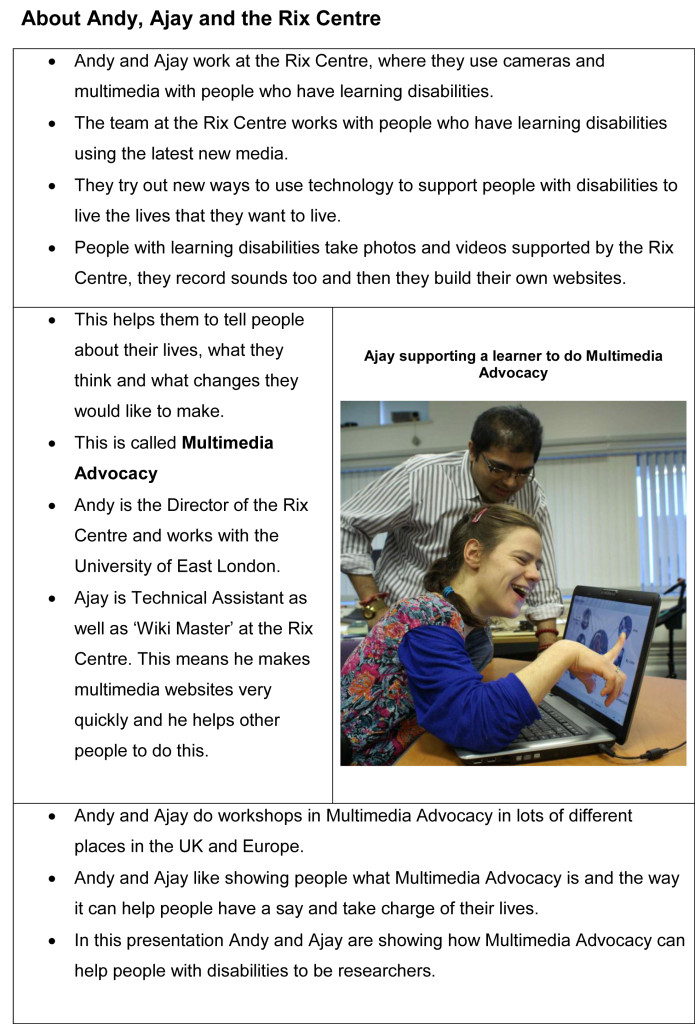
https://sensoryobjects.com/wp-content/uploads/Participatory-Research-Seminar-3_People-with-High-Support-Needs-7.jpgNOVEMBER 2012
This is just an update of the forthcoming sound workshop preparation. Rather than providing a collection of sensors plugged into a single Arduino board, we have decided to a make each sensor example standalone, and plugged into it’s own unit, so that the sensors can be passed around between the co-researchers. This fits better with what we wish to achieve eventually. One of the devices was placed inside a ‘proper’ box – the others being placed inside spare pieces of foam packing, so that they could be picked up and passed around. This was to help convey the message that the wooden box was just one possibility out of many as a container, and that these were not ‘finished’ products, but works in progress to be developed further.
So far, there are 3 different sensors that are functional, and 3 more to complete before the next workshop (touch, orientation, bend/squeeze). Below are some images and description of what we have so far.
Light-activated box
This is the one example which is contained in a ‘proper’ box made of wood, and is possibly the simplest sensor to use and activate. The sound will play when the lid is removed and light falls on the sensor (a Light Dependent Resistor (LDR)), and stops playing when the lid is replaced. Below is an image of the box containing the Arduino (left), LDR (top right, circular and just visible), speaker (Veho 360, black thing near middle) and 9V battery. The components are fixed to foam packing and to the box using double-sided tape to keep them secure.
The box with the lid intact is below:
Sketch for light activated sound: Light activated sound sketch (Zipped)
Gesture-activated box
Another technique that we are trying out at the forthcoming workshop is to use a range sensor (a basic sonor) to activate the sound. The sensor is the rectangular object at the left of the box in the image below, and has two circular ‘eyes’. One of these eyes sends out an ultrasonic sound wave, the other picks up the reflected wave – it’s the same principle by which submarine sonars function. The range sensor is set up so that it will trigger the sound when an object (such as your hand) is placed within 20cm of it. The sound stops when the object is moved out of this range. For this example, we placed all of the components inside a foam box.
Arduino sketch for proximity sensor: Play wave file using proximity sensor (zipped)
Stroke activated box
The stroke activated box differs from the previous two in that it uses the sensor in a way which departs from the usual implementation. Normally, you would use one of these devices to pick up the sounds from an object (such as a musical instrument), and amplify them. In this case, we have attached the contact microphone to a sheet of acrylic and used the digitised values to trigger the sound. This was a little more difficult to implement than the other two boxes, since the sound should play when the surface is continually stroked, and stop shortly after the stroking ceases.
The acrylic sheet is shown below with the contact microphone attached (using double-sided tape).
A small piece of fur material was then attached to the acrylic sheet (using double-sided tape again). You can just about see the two wires from the contact mic at the left side.
The image below shows the sound box with the strokable top. The Arduino and speaker have yet to be embedded securely.
The completed stroke activated box. By stroking the fur top of the box gently, the audio plays. When the stroking ceases, the audio continues to play for about 2 or 3 seconds and then stops.
Arduino sketch for stroke activated sound: Play sound with stroke sensor (zipped)
Orientation triggered sound
The most complex of the devices is the orientation triggered box, which uses an accelerometer to detect the orientation of the sides of a cube, and then plays a sound corresponding to which side faces upwards. The image below shows a test rig that illuminates an LED on the side which faces upwards. In this instance, the green LED is illuminated to show that the side (labelled ‘E’) faces upwards. LEDs placed on the other 5 sides (not shown on all sides here) are illuminated similarly.
When this was tested with audio files, the program continually produced errors. It is thought that the accelerometer and waveshield (the electronics which produce the sound) are interfering with one another, causing the program to hang. So the accelerometer is going to be replaced with one which has its own microprocessor built in, and just supplies analog input to the Arduino. Fingers crossed.
Update (01/12/2012)
The accelerometer (Sparkfun serial 9DOF Razor) has to be connected first to an FTDI board to communicate with the computer, and this just wasn’t happening. This was tried on a PC and also a Mac, but the USB port would not show up. Then another FTDI board was tried and that did not work either! So … before posting to a forum, a new USB cable was tried, and the port then showed on the Mac. Success!
A simple test sketch was uploaded to the Razor, and the accelerometer appeared to be working fine and producing a nice constant stream of data. The next phase is to connect the Razor directly to the Arduino.
Touch triggered sound
The touch-based trigger for sound was based upon a loaf of bread. The Arduino was embedded in a hollowed out granary loaf – picking up the loaf started the sound playing, but it was not without problems. The original loaf was rather soft and it was quite a messy operation removing the internals – crumbs everywhere:
Once the loaf was hollowed, it was lined with aluminium foil. This was to help provide a larger touch surface, as the touch sensor was in close proximity to the foil. At least. it seemed to work well when testing. However, the big problem was getting a reasonable ground when the microcontroller was powered by battery.
The touch sensor was wedged into place using some expanded foam, and the microcontroller stuck on top of the foam. The speaker was also stuck down to the foam with tape:
It was a bit of a squeeze getting everything inside the loaf. Perhaps a larger loaf would have been easier, but then a bit more difficult to handle (with all the things inside.
Finally, the outside was semi-covered with aluminium foil to provide a good ground. Again, the grounding issues prevail, and after some further experimentation it seems that picking up the loaf with both hands in contact with the foil works well, and triggers the sound correctly. Using one hand can give spurious results, with the sound not always stopping when released.
After leaving the loaf for a few days, it was rock hard and crumbly. I think coating it with some form of varnish of cellulose lacquer might help to preserve this for future use. If anyone has suggestions for ways around the grounding problem, please email me.
Play sound with touch sensor: Play sound with touch sensor (zipped)
The loaf of bread sensor after it had been ‘explored’ by participants:
OCTOBER 2012
Preparation for the next sound workshop. After the participant researchers collected sounds from Speke Hall using the recorders, and also created sounds themselves, they were edited (using Audacity) to find the most interesting sounds. This was reduced to 54 sounds in total, including horses hooves, fire, general kitchen sounds (talking, baking, pots and pans rattling) and the chiming of a clock, and from this collection of sounds, eight were selected.
For the forthcoming sound workshop, each of the eight sounds will be activated by interacting with a sensor: touch sensor, tactile switch, proximity sensor, slider, light sensor, bend sensor, accelerometer (in the form of an embedded Wii nunchuk) and a tilt switch (non-mercury!). We would like the participants to experience different types of sensors to give them an idea of how different types of actions can be linked to events, such as the production of sounds.
Touch Sensor
The images below show how a touch sensor (a Phidgets device – 1110) is embedded into a foam container to protect it. It has a 3 metre lead so that participants can handle it and explore how it works.
The first image is the touch sensor itself sitting on the foam container.
The foam is hollowed out so that the sensor fits flush inside. Double-sided tape (shown as white strips) is added to hold the cover in place.
A cover made from suede is fixed to the foam base using double-sided tape. The suede makes a nice surface for activating the sensor. The sensitivity of the sensor was adjusted so that the device requires physical contact (such as stroking) to activate.
Tactile Switch
The tactile switch is a simple micro switch embedded in foam – the pink rectangle on top of the white foam based sits directly on top of the switch itself, so that the switch activates when it is pressed.
Tilt Switch
The tilt switch is a simple device in which the contacts close if the switch is positioned more than 10 degrees from its horizontal position. In the images below, the bare switch is shown, together with the switch embedded in a foam case.
Slider
The slider control (also the bend sensor and accelerometer) differs from the previous three devices, as it controls both the activation of a sound and also the volume. In this instance, moving the slider control 10% of the distance from the left (in this orientation) with activate the sound initially. Continuing to move the slider to the right will increase the volume.
Proximity Sensor
The proximity (or range) sensor is capable of detecting the distance (in any suitable unit desired) of an object from the device itself, and so can be used for switching as well as providing a range of values for adjusting audio volume, etc. The first image shows the back of the device inside the foam case. It requires four wires – two are for sending and receiving the ‘pings’ that are used to detect the distance.
The proximity sensor inside the foam case.
The last image shows the wired up Arduino Mega after all of the devices are attached. The nunchuck (without the casing) is shown at the bottom right.
SEPTEMBER 2012
Physicality Workshop and Human Computer Interaction Conference co-located at the University of Birmingham, UK
Nic and Kate explained the sensoryobject project and demonstrated some of our workshop activities to the conference delegates. Here are some images
JULY 2012 Development of Kit idea
We were keen to develop some kind of hands on art making to accompany introductions to electronics. On reflection we realised the ring was almost to developed at this stage with electronics hidden so we decided to think about other ways of approaching the workshop kit while considering ideas for the ring in future developments. The first thought was to use clay simply to feel, press and model.
Nic found this website Squishy Circuits the idea of playdough that can conduct and insulate and we can model with seems a really good addition to ideas of the workshop kit. We made some experiments today mixing our own playdough.
Nic also showed some demos for the worshop kit including simple key blocks that make sound
Click here the bells to see the keypads sounding like bells, the sound can be changed and we can add more pads they are made from a strip of conductive fabric linked to the computer.
JUNE 2012 Development Kit ideas
We aim to develop a demonstration kit to help the groups understand the potential of using electronics such as Arduino with sensory sculpture.
For the forthcoming workshop at the Liverpool Museum, we have begun development of a touch-sensitive (or perhaps squeeze-sensitive is more accurate) social interface. The idea was to create a device that would allow many people to interact simultaneously and collaboratively, so that people could gain a sense of how it could be possible to work together using a single interaction device. The aim was not to build something complete and finished, but a rough prototype which would provide a stepping stone for future development, but using the ideas suggested by the participant researchers.
During one of the many brainstorming sessions that we have had at Reading University (Kate, Faustina, Nic so far) it was suggested that we try to encourage some form of working collaboratively between the participants, by constructing a device that would allow many people to interact with the computer simultaneously. Thus, the interactive ring was conceived, and the first stage of development is documented below.
Development (Day 1)
Materials: Velostat, conductive taffeta-copper fabric, adhesive aluminium foil, gaffer tape, double-sided sticky tape.
TWO TEST SENSORS
Before constructing the interactive ring (of confidence – Kate!), we first built some test sensors out of the materials to see how well they would work in principle. The first test device was constructed using two strips of copper-taffeta fabric, with three layers of Velostat sandwiched between them, and a piece of gaffer tape to secure the pieces in place. The two strips of copper fabric are placed above and below the three layers of Velostat, and are only in contact with the Velostat – they do not come into contact with the foil:
The two ends of the sensor (i.e. the copper strips) were then connected to a test meter to check that the device would respond when pressed.
The second test device was constructed in a similar way, but using a strip of aluminium foil on the base (since we were intending to use the aluminium foil as the conductive base for the ring), onto which three strips of velostat were placed, followed by a strip of copper fabric. To keep things in place, we stuck the Velostat and copper fabric to the foil with a strip of gaffer tape:
Again, this was hooked up to a test meter to check that it responded when pressed.
THE INTERACTIVE RING
The ring is made from plastic water pipe, and joined with a standard (push fit) pipe connector. The pipe was wrapped with adhesive aluminium foil, which provides a common ground for each of the touch sensitive regions:
At six different locations (with roughly equal separation) around the circumference of the ring, three layers of Velostat were added, and taped in place using double-sided tape. Below, you can see one of the sensors partially constructed on the right of the ring – the copper fabric cover has yet to be added over the top of the Velostat. The ‘ground’ lead (the copper fabric) is being tested for continuity:
On top of the three layers of Velostat, a single layer of copper fabric was wrapped around. In the picture below we were testing out the ‘sensor’ to make sure it worked correctly:
We checked the range of values generated by the sensor before squeezing:
And when being squeezed:
This is the interactive ring so far:
TO DO
We still need to wire up the ring (one lead for each sensor, plus a ground lead) and add some materials to the sensors. The current idea is to attach materials of different textures to the sensors, but also leave one exposed (perhaps covered in transparent plastic) so that participants can see (and perhaps feel) how the sensors are constructed. However, this is a prototype, and subject to changes at any stage …

